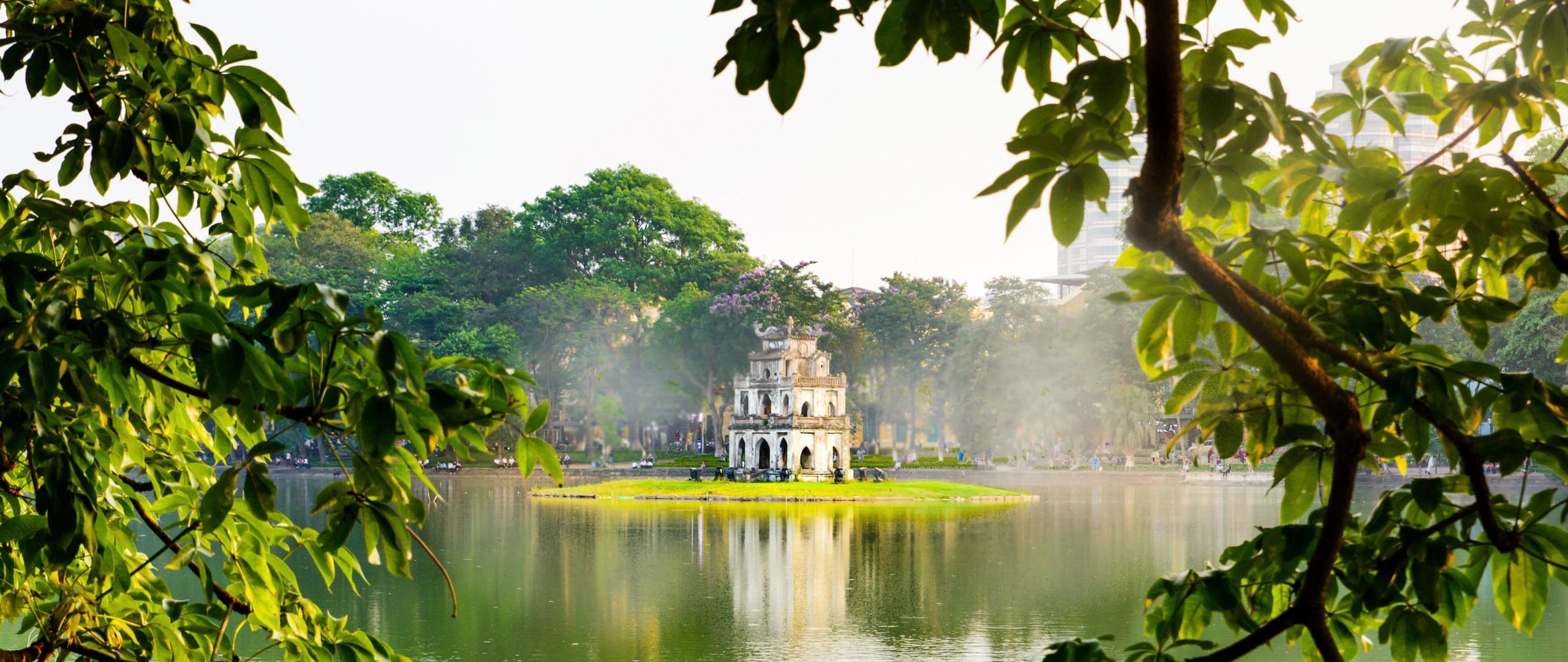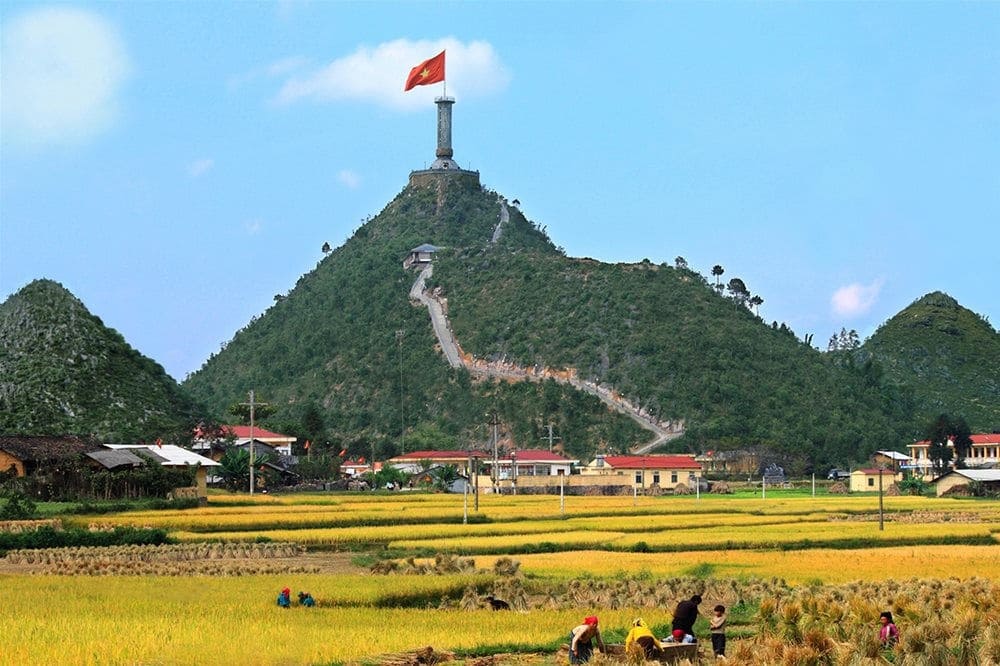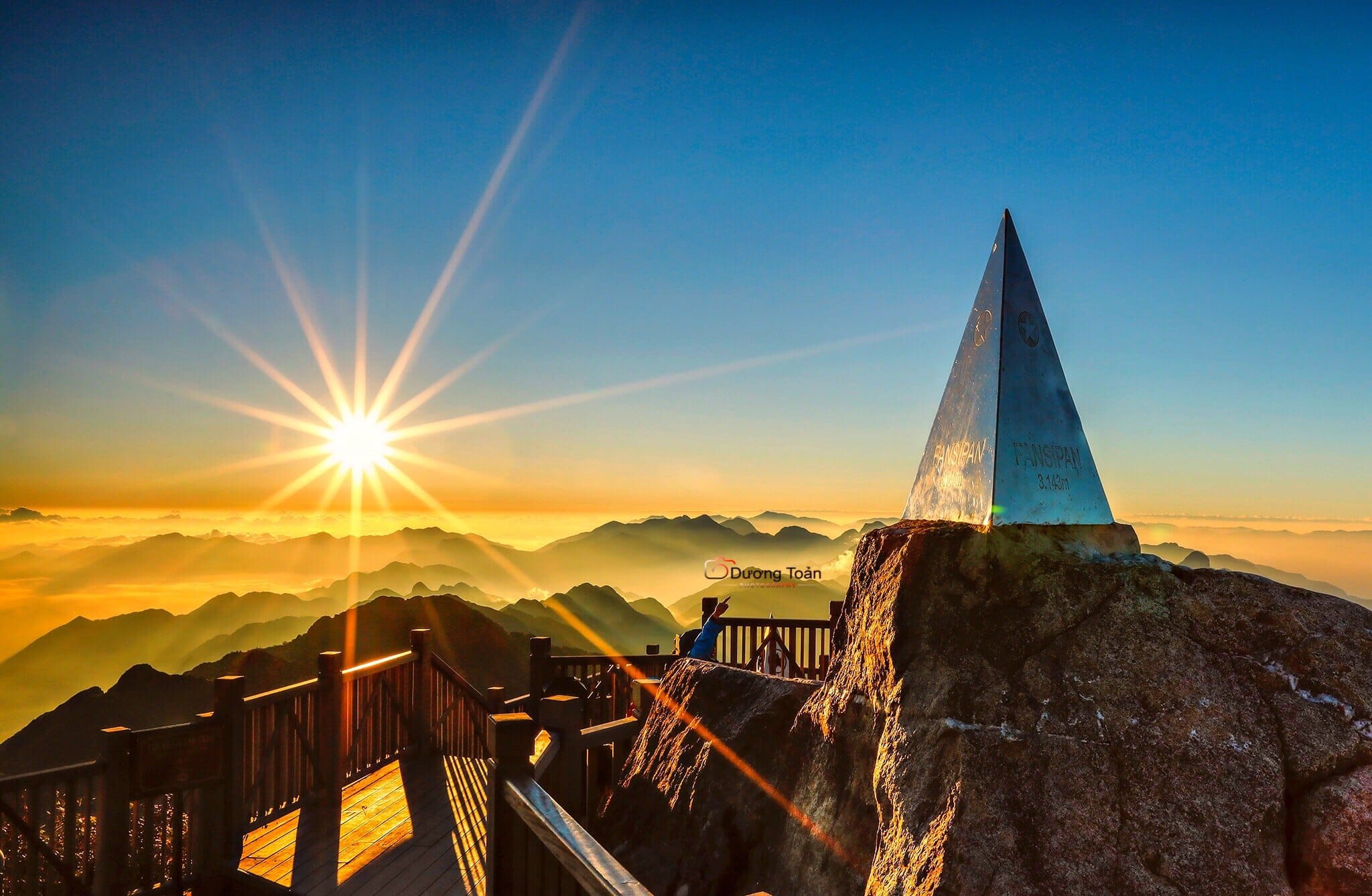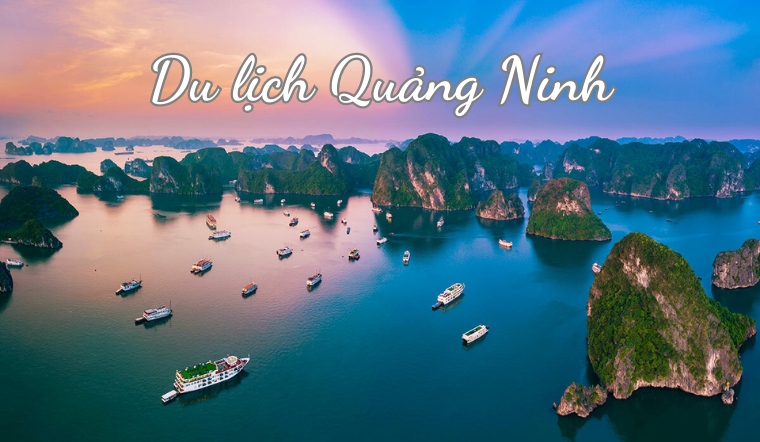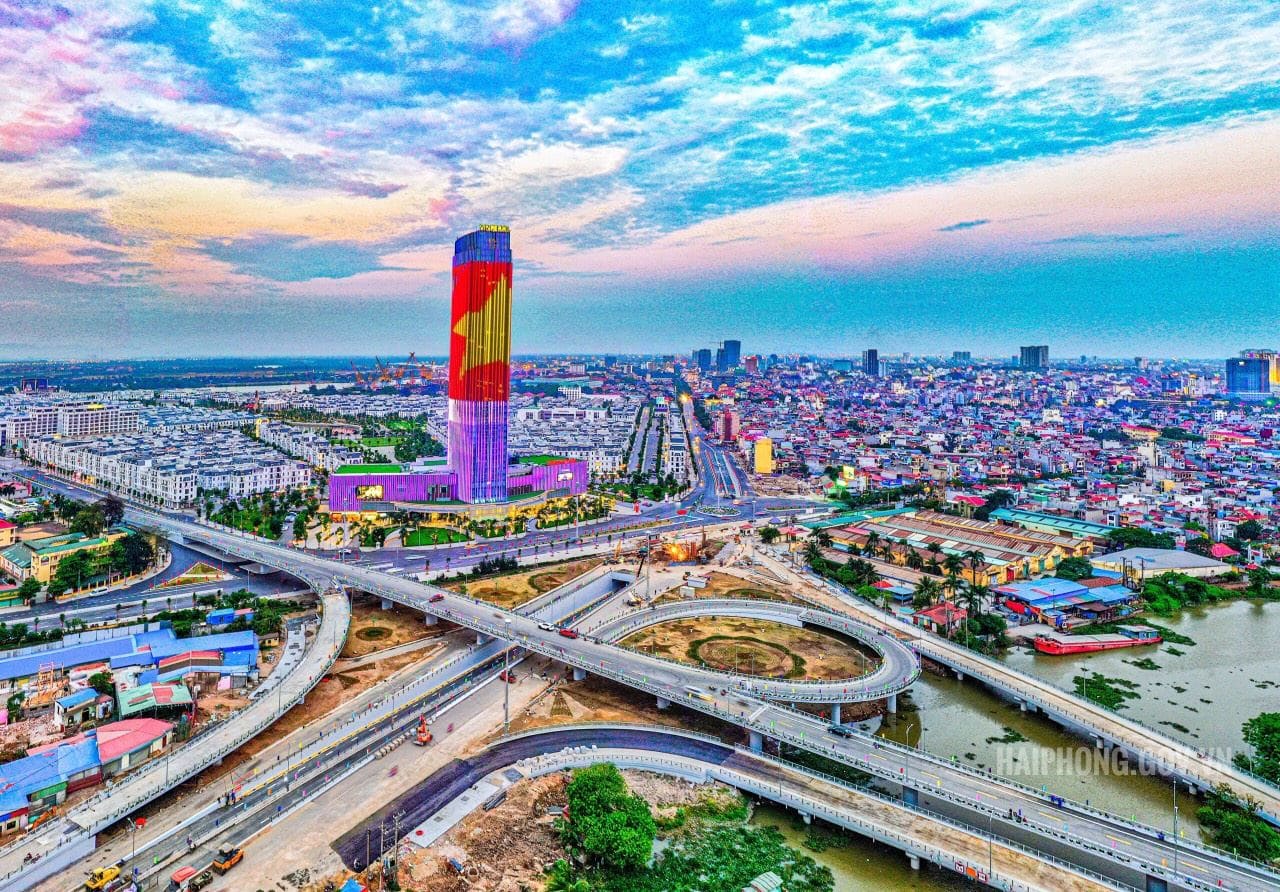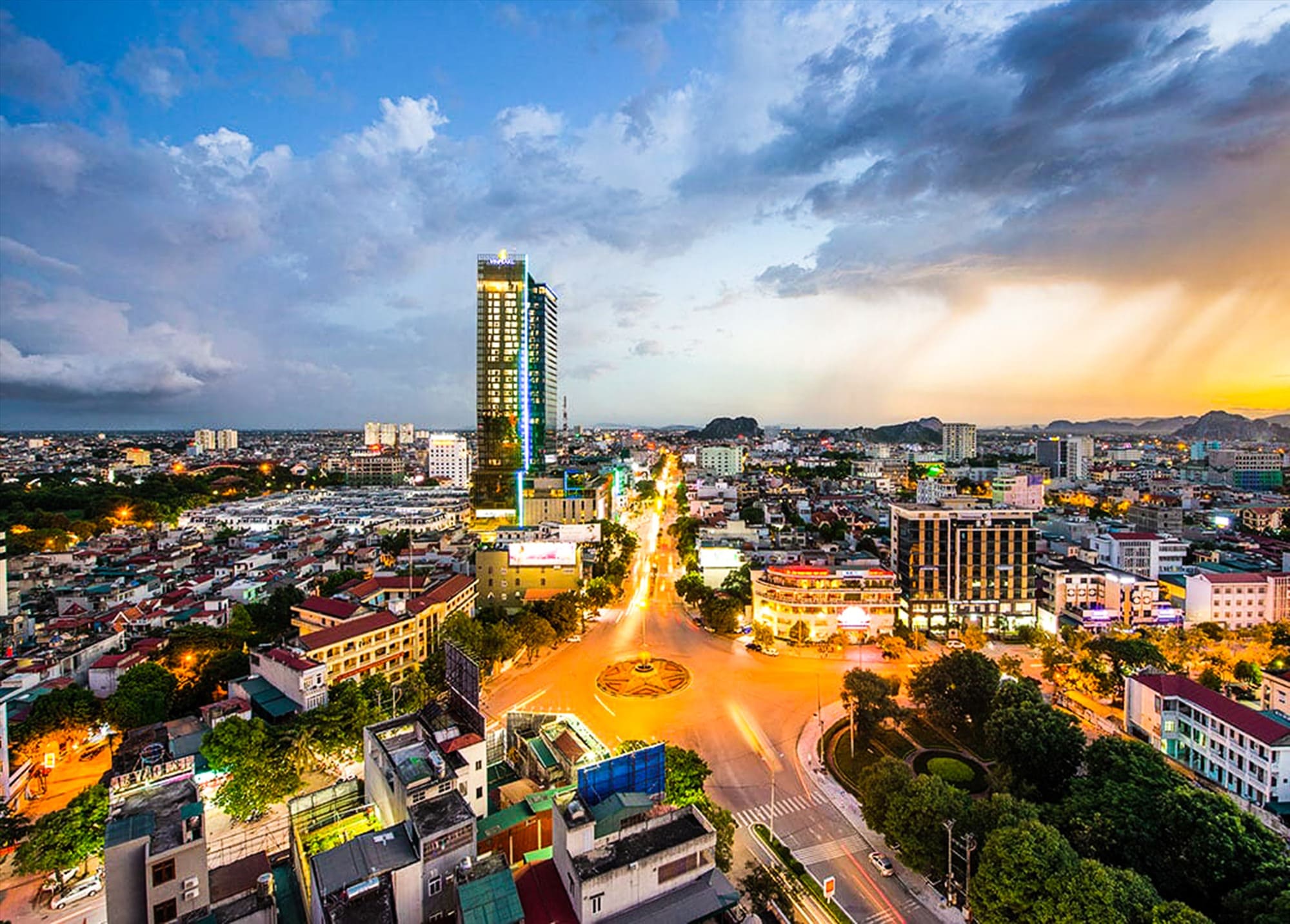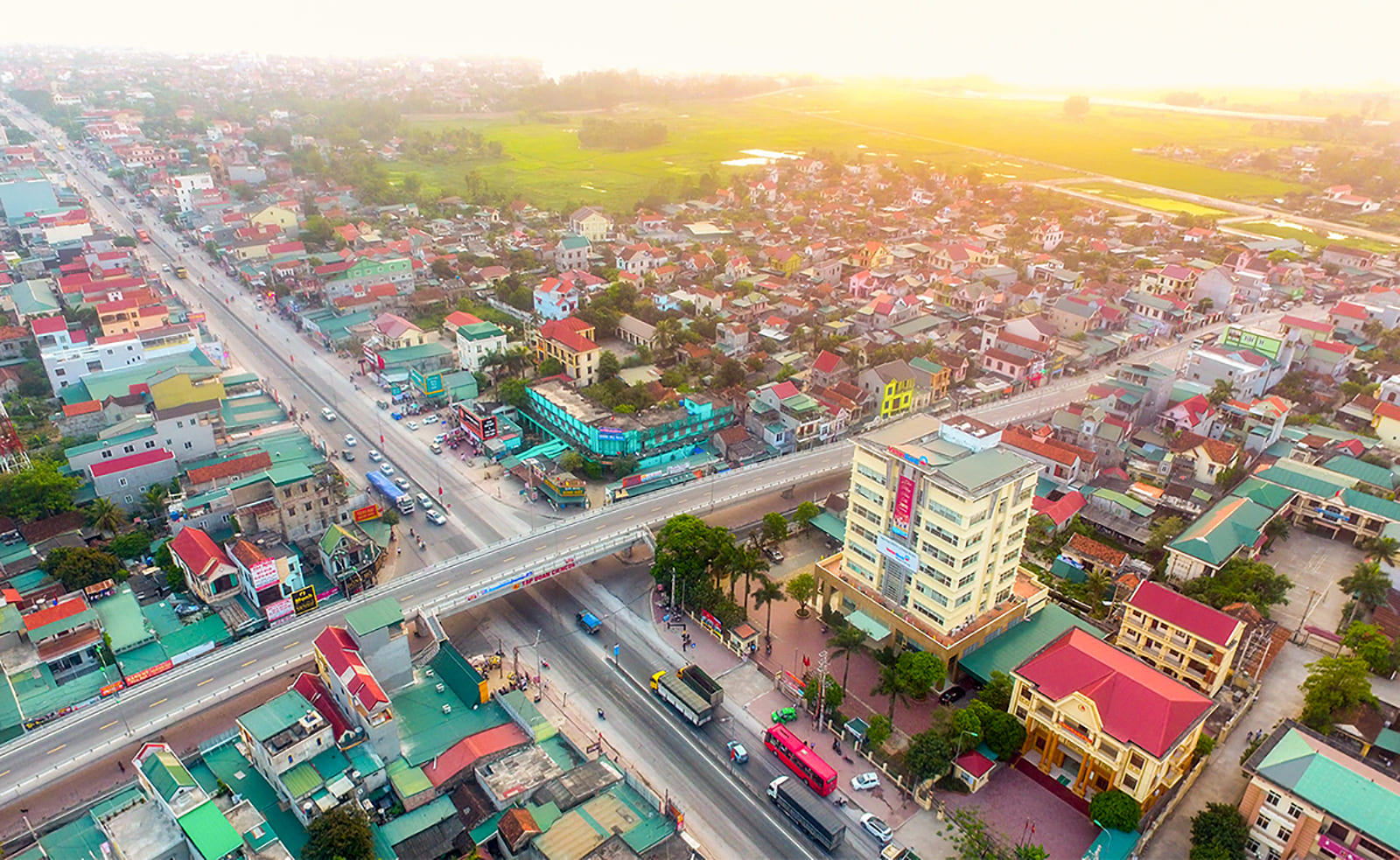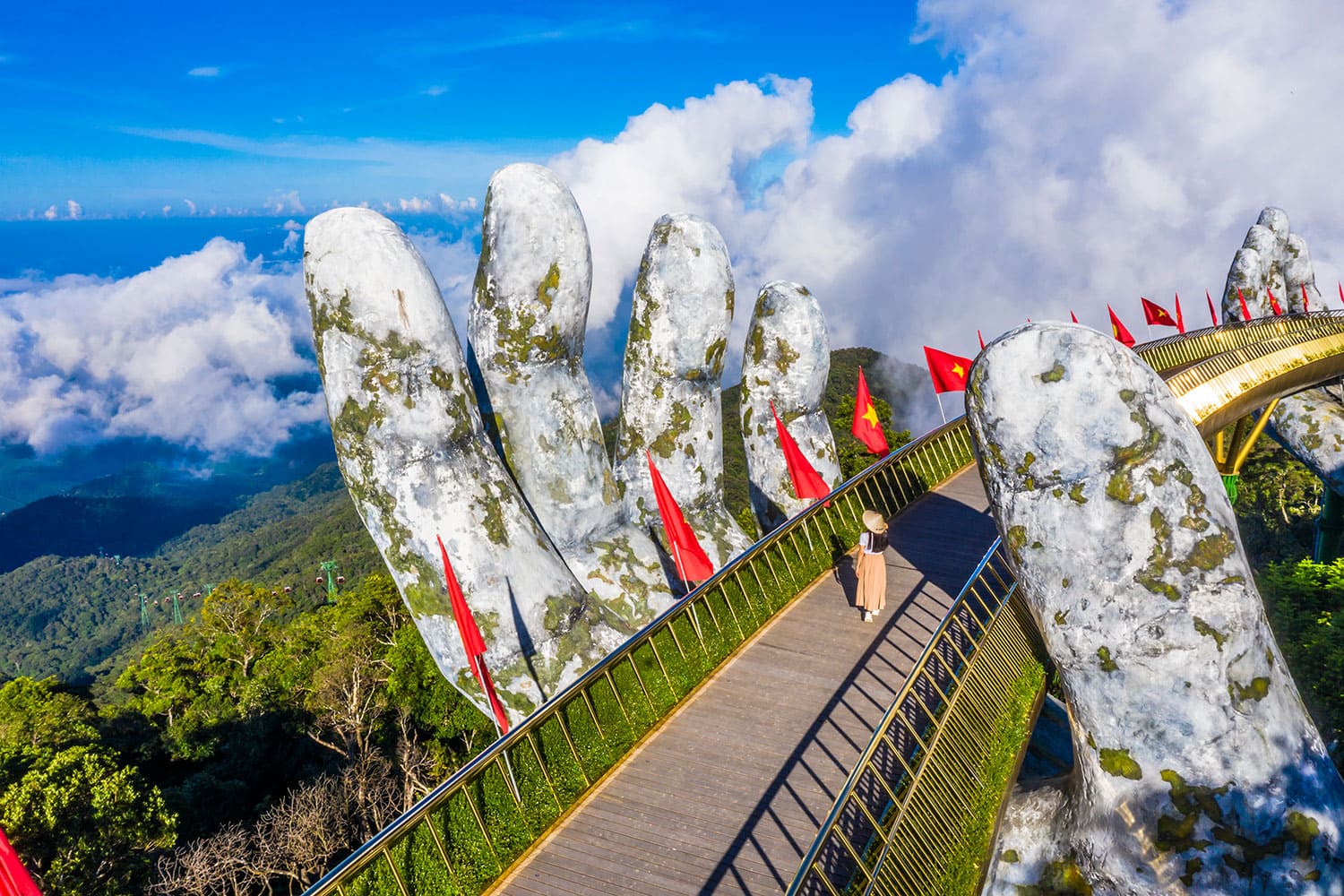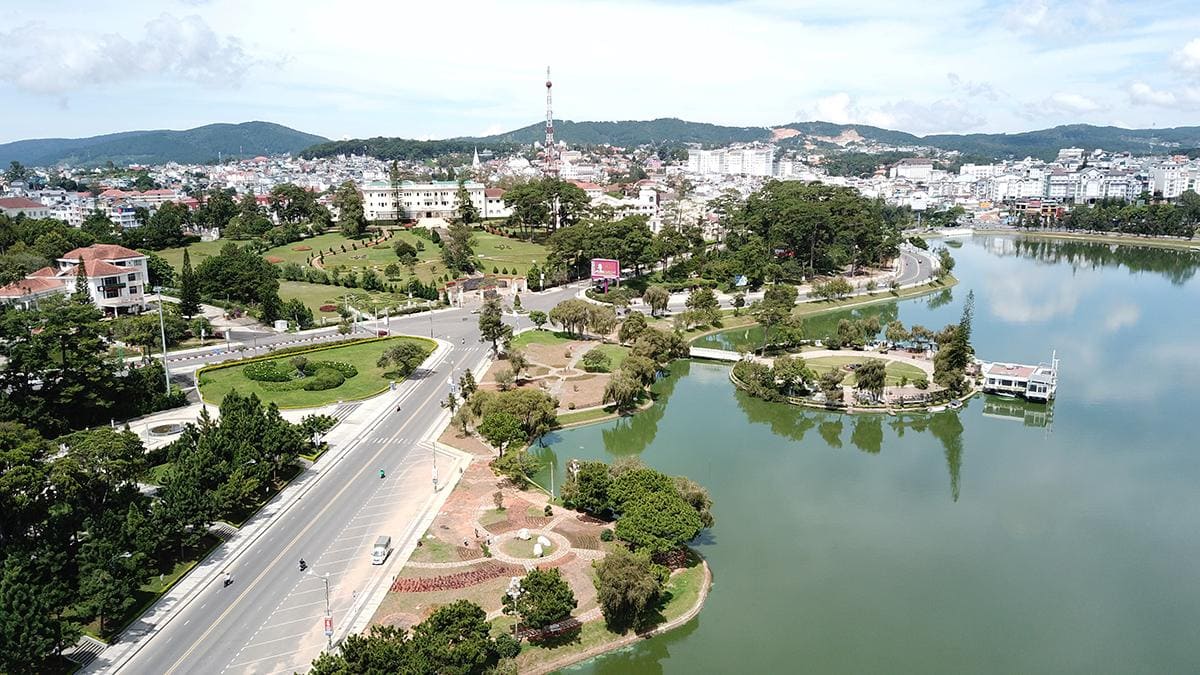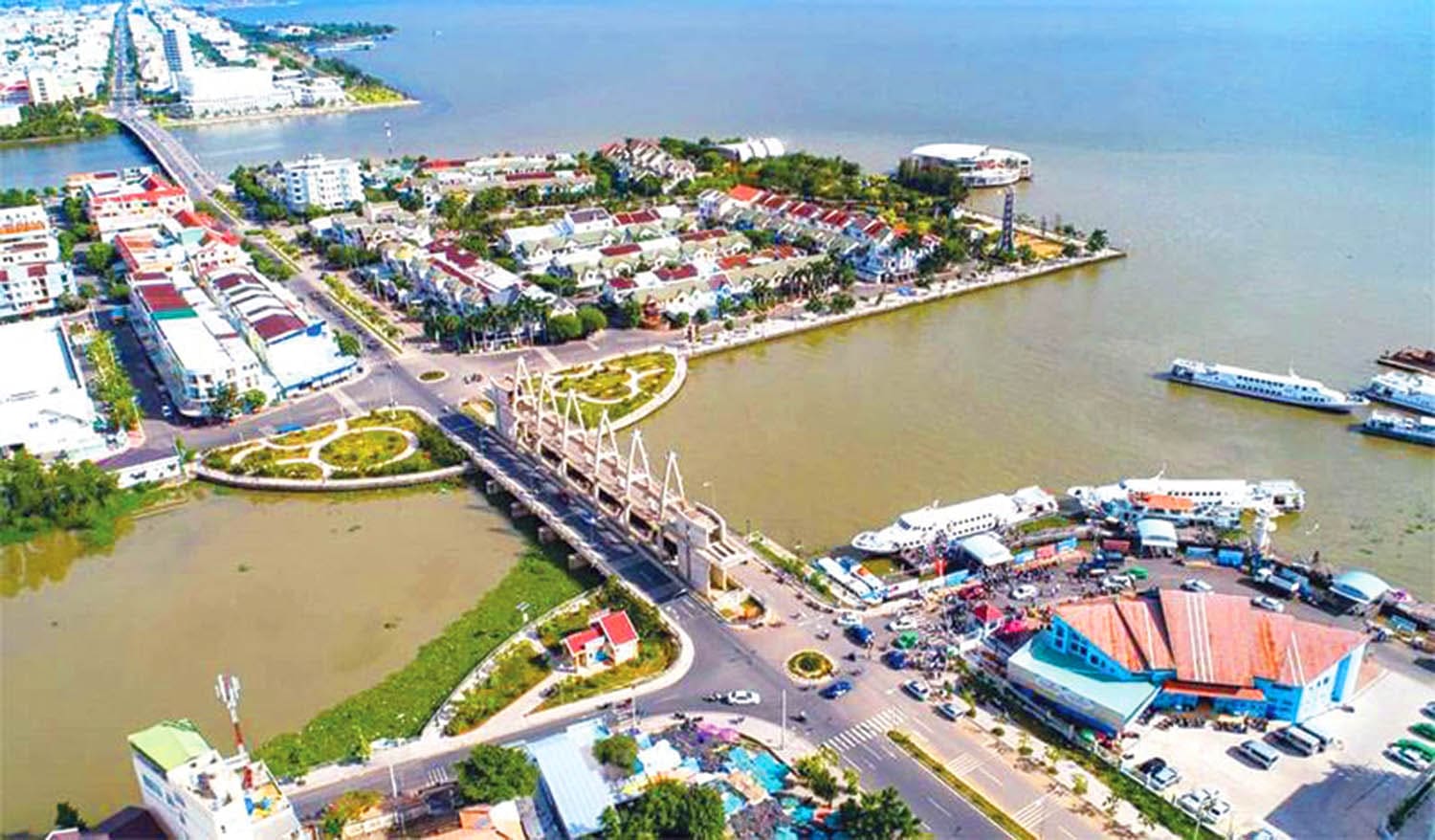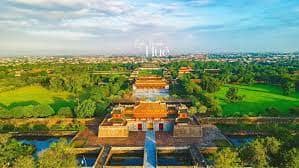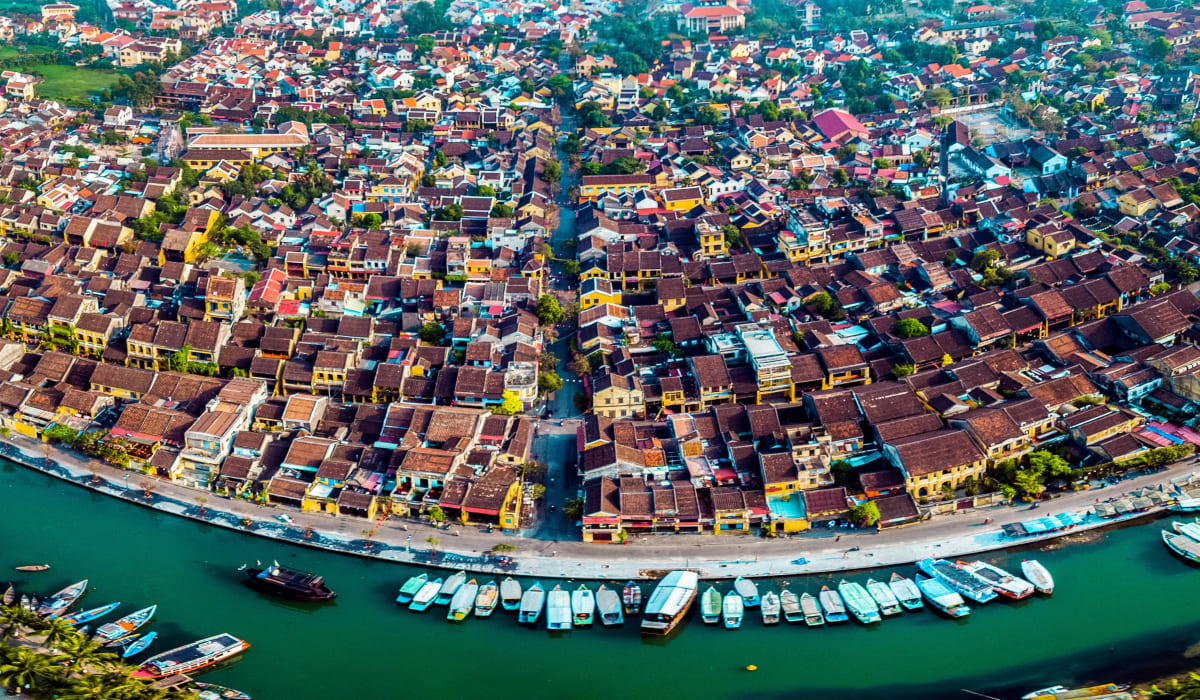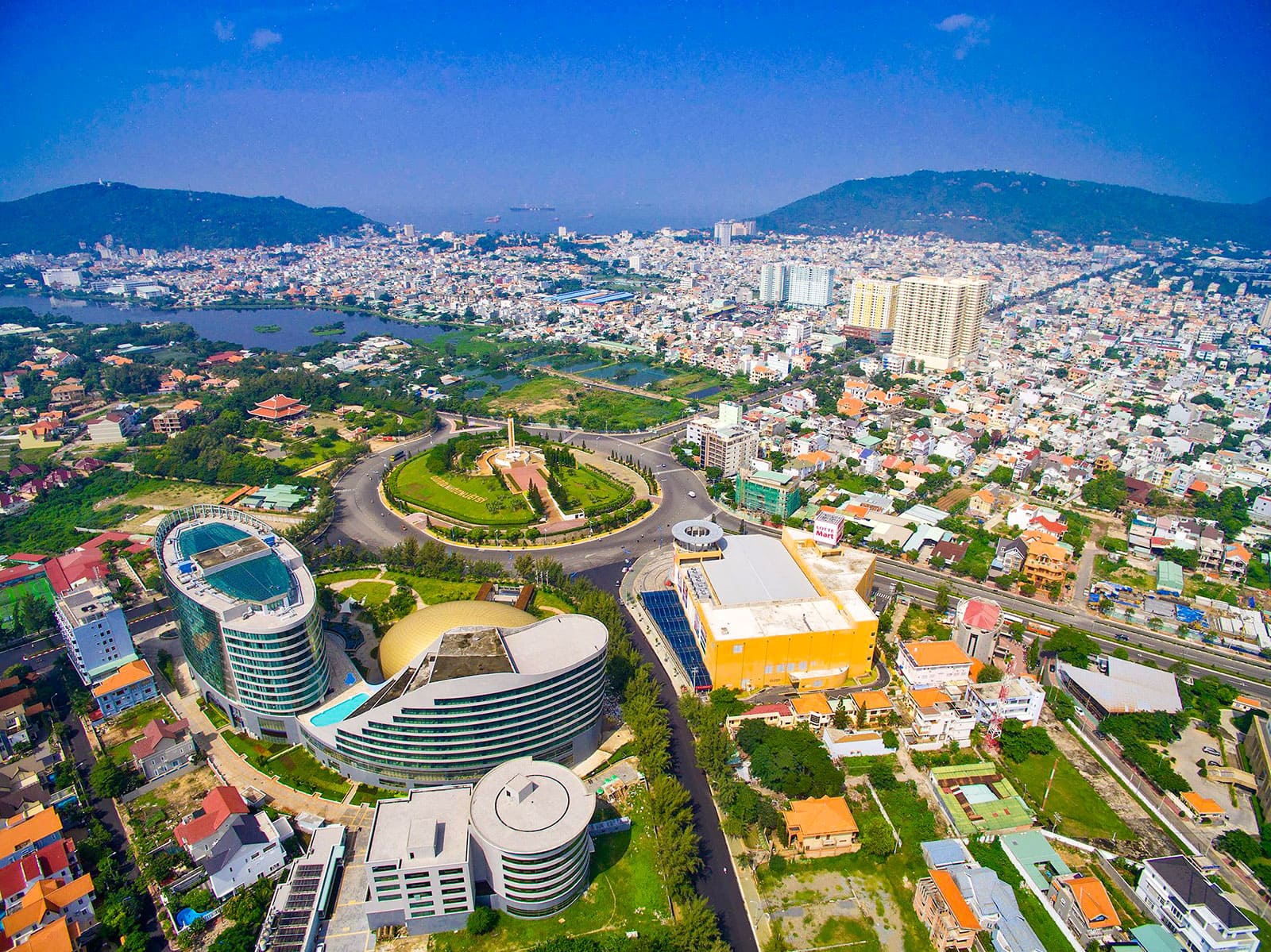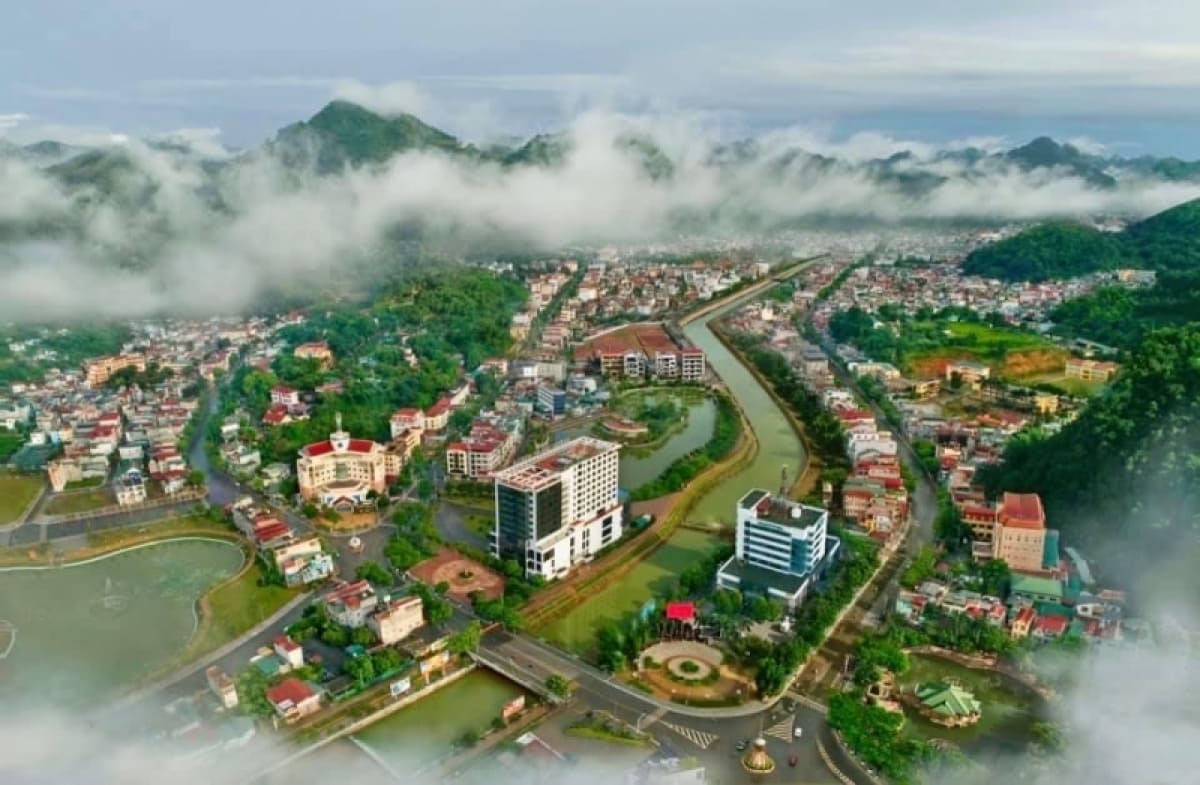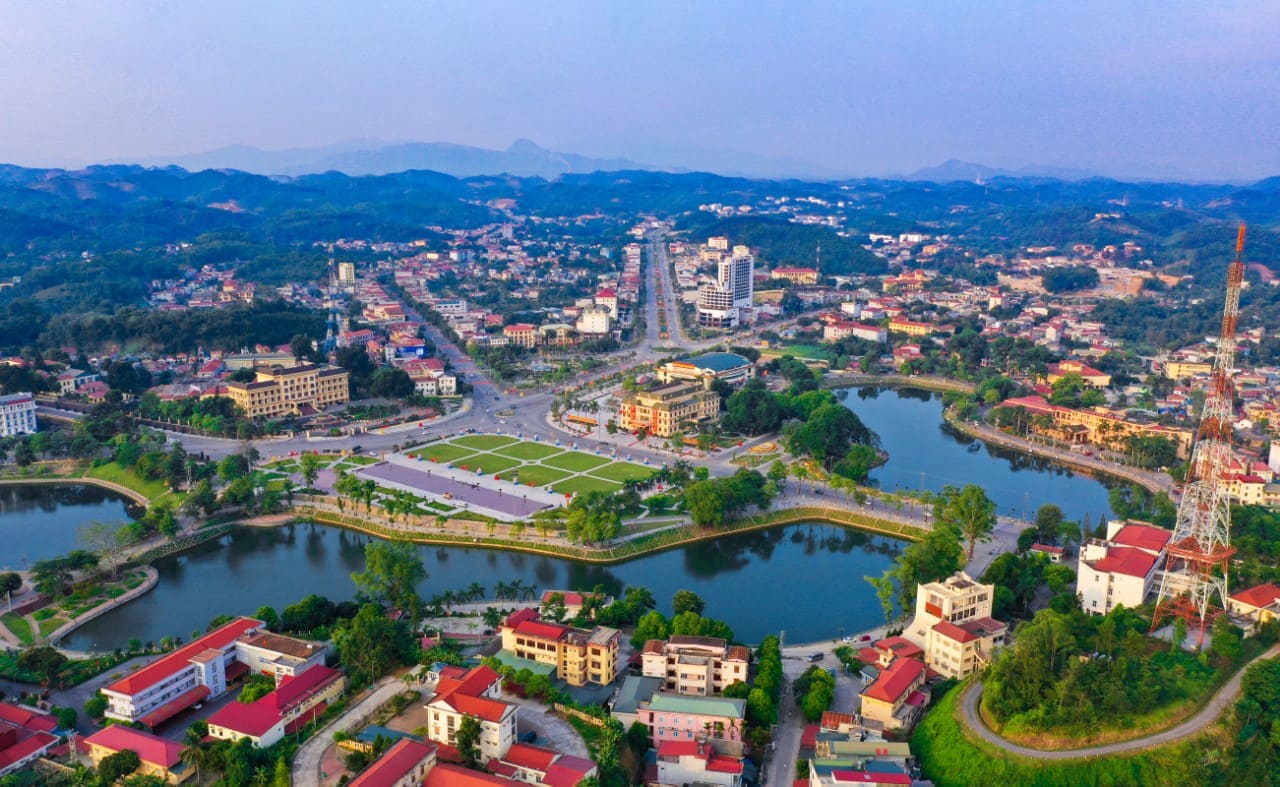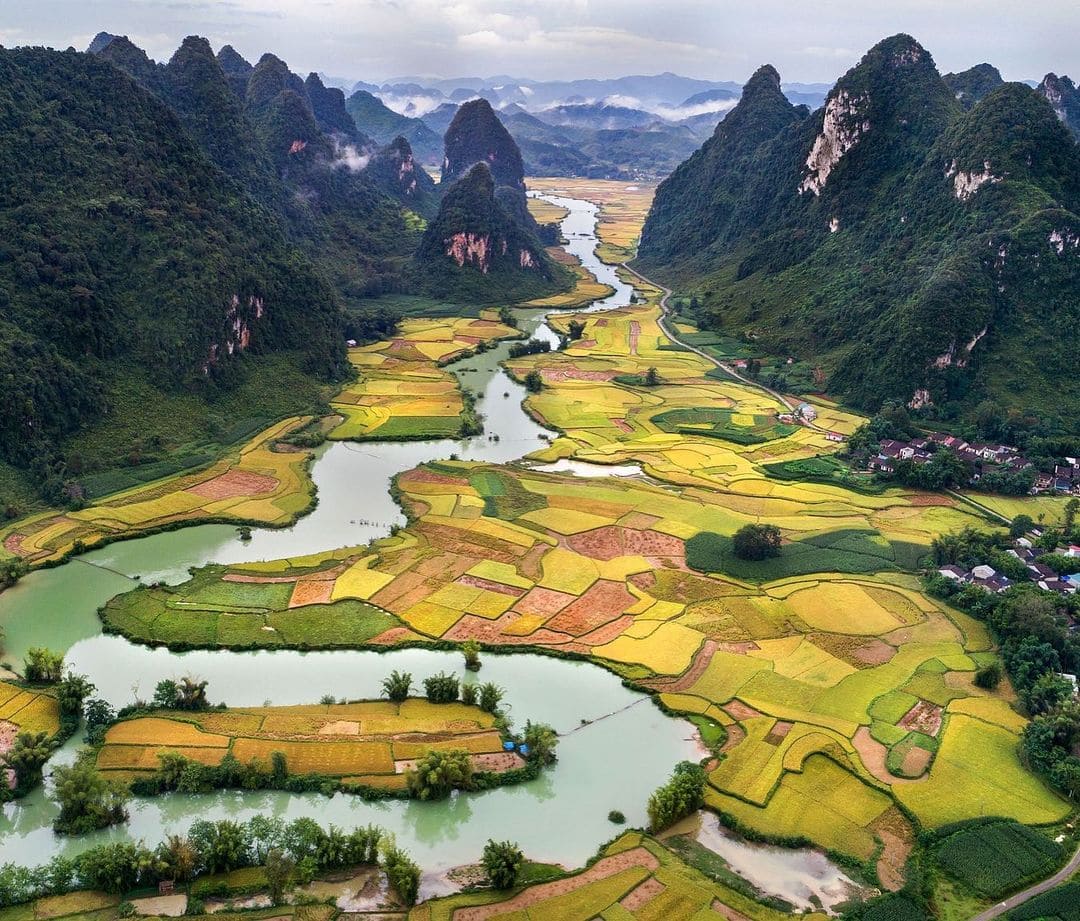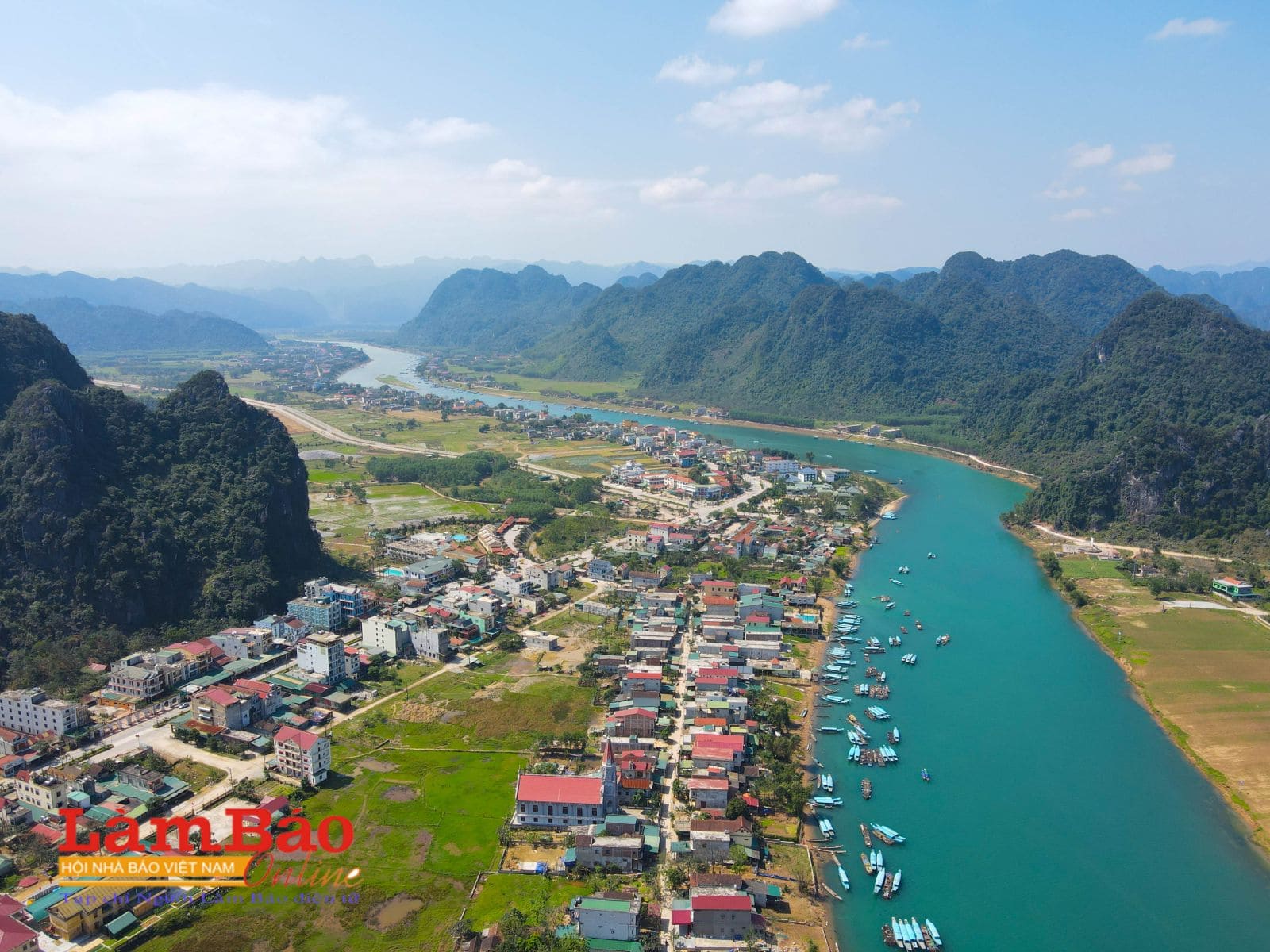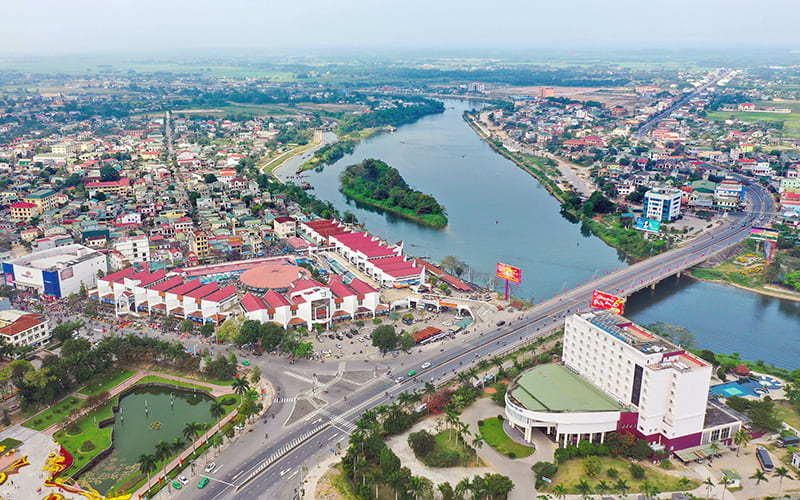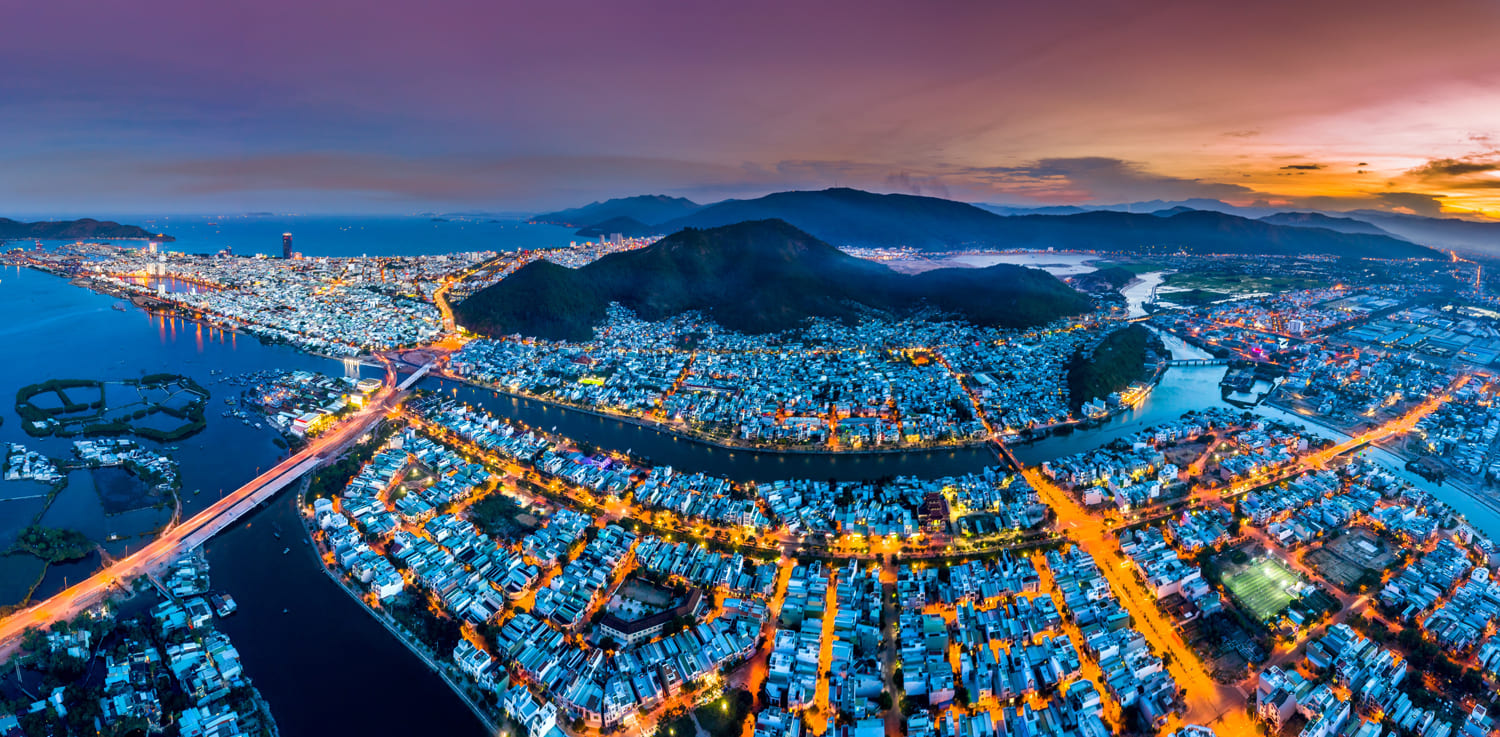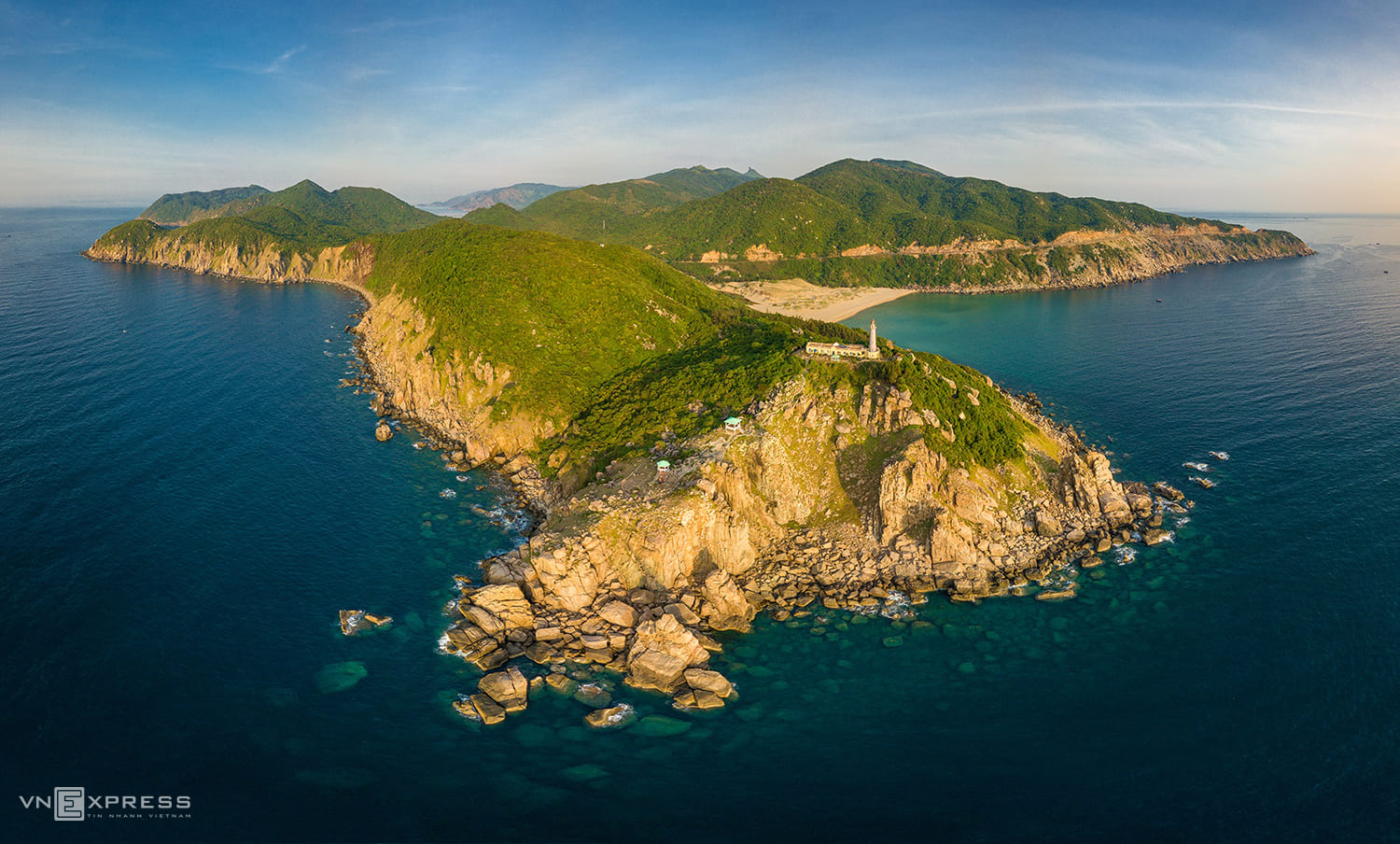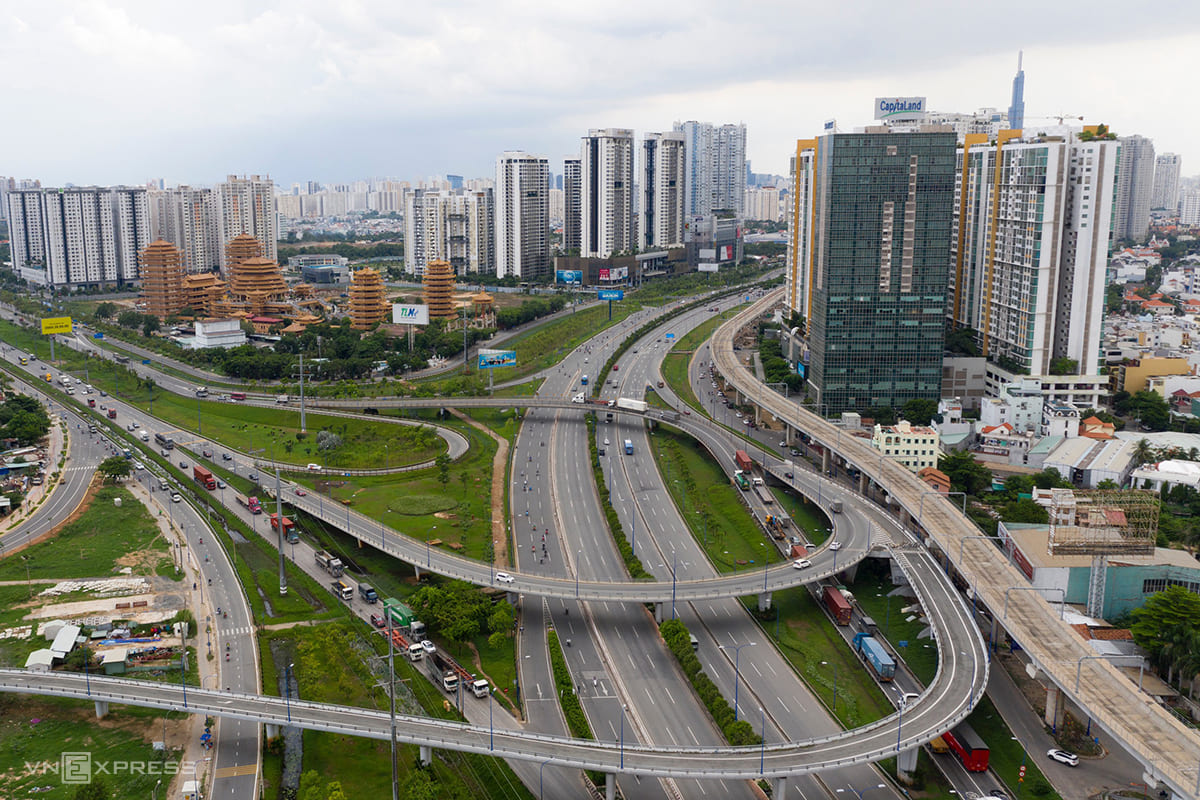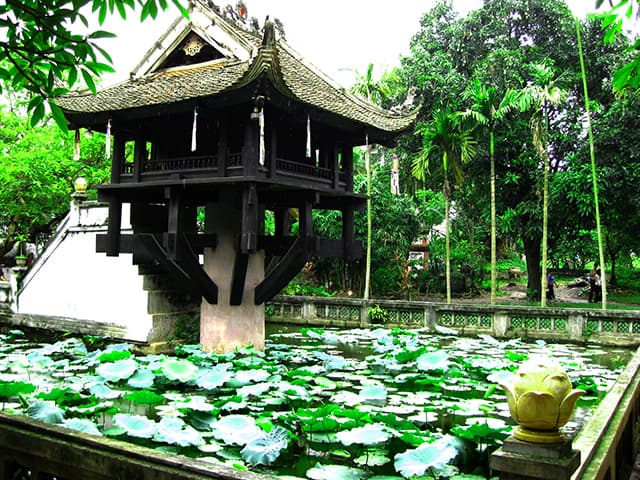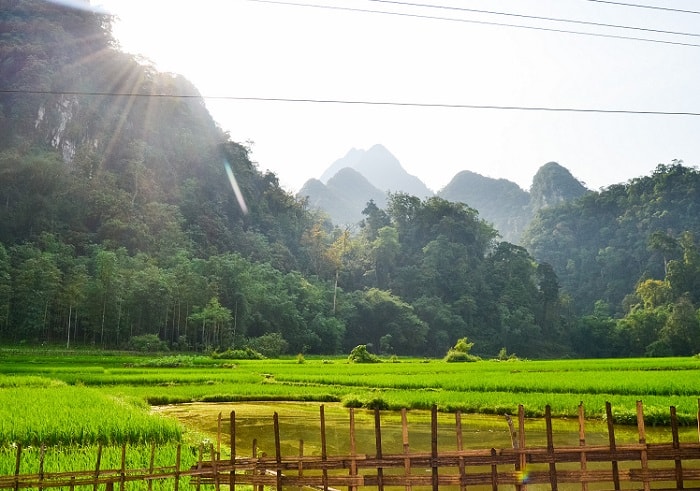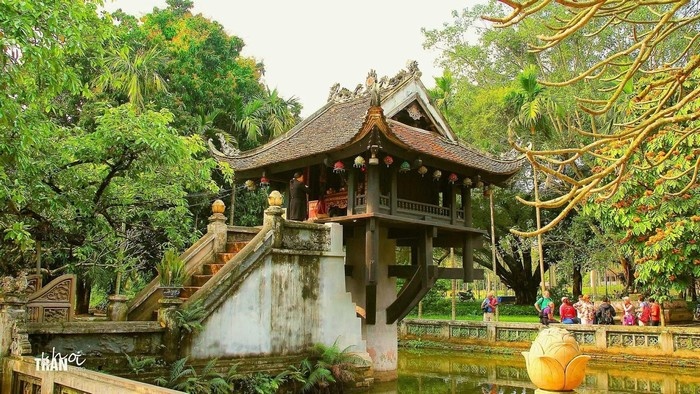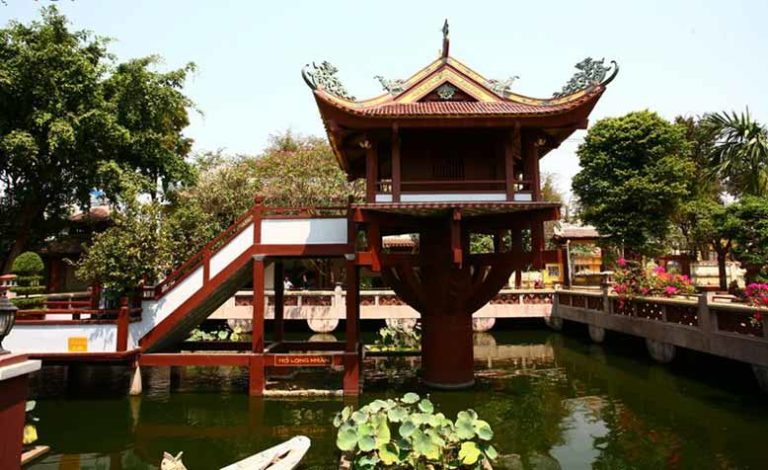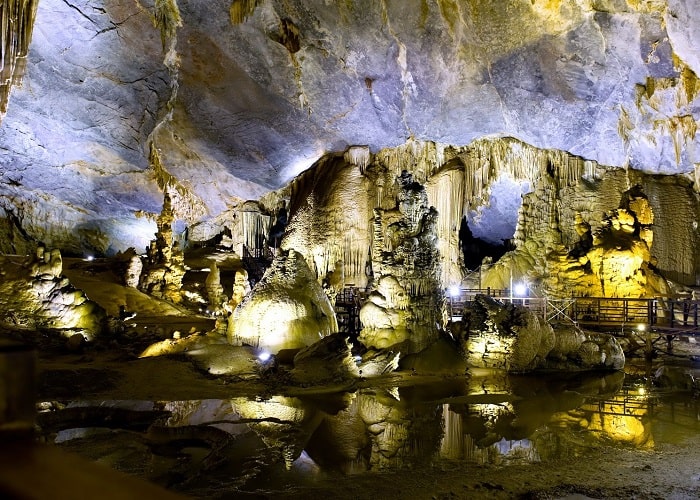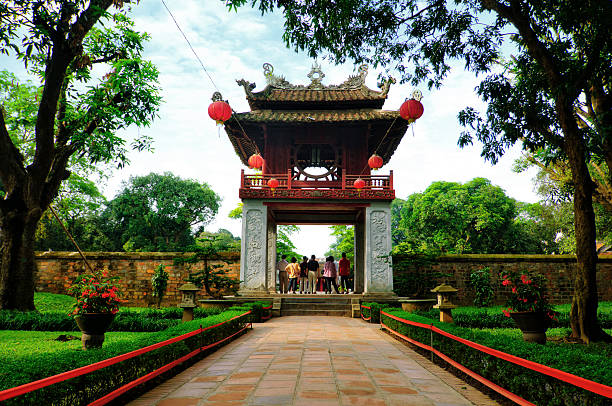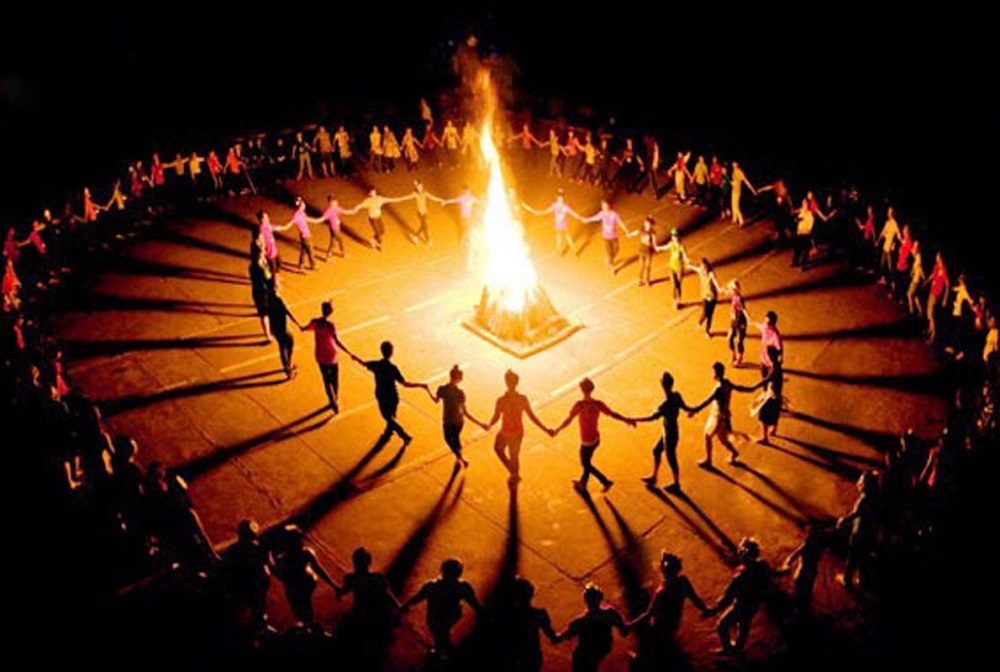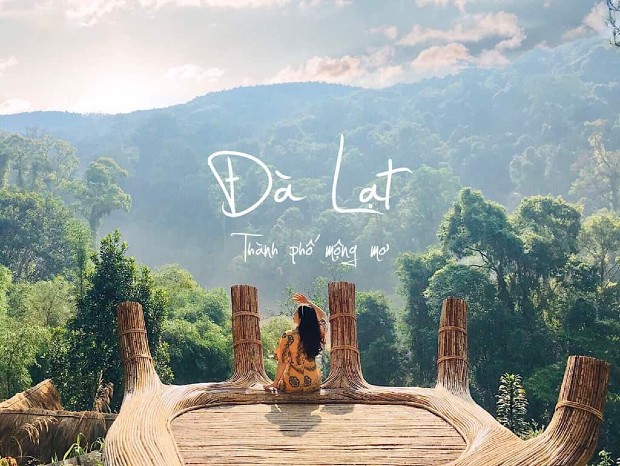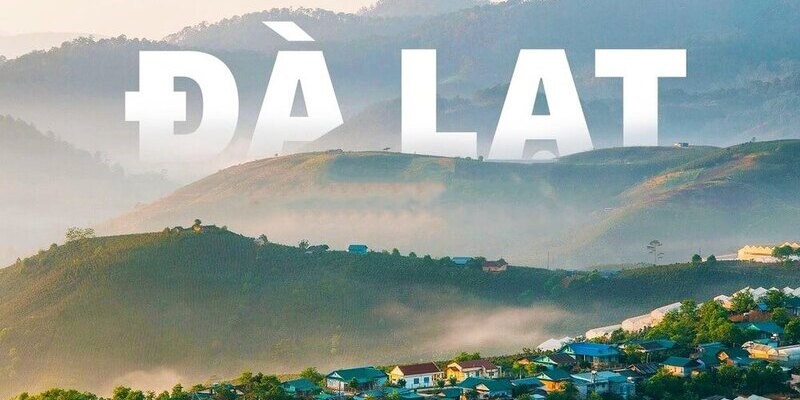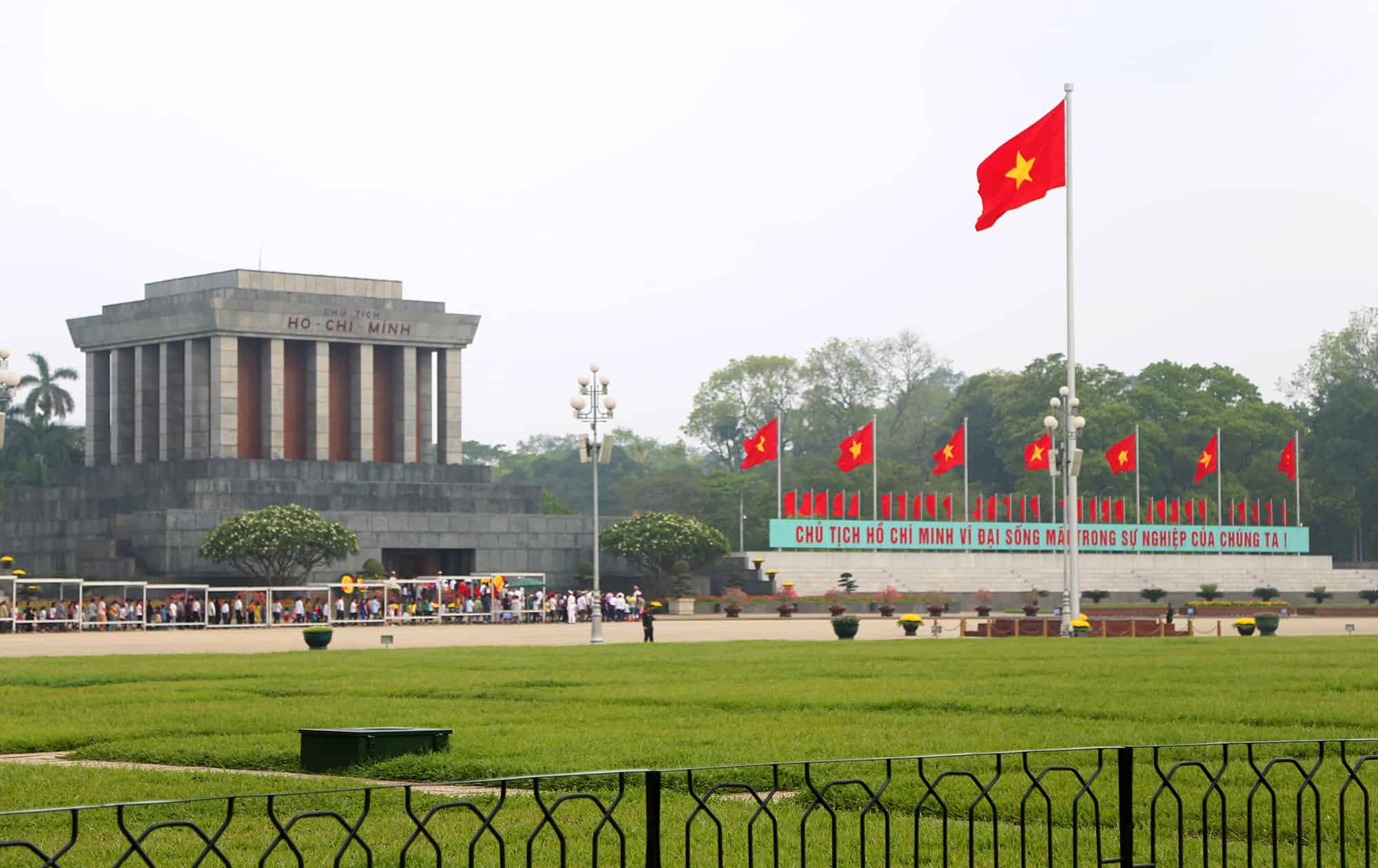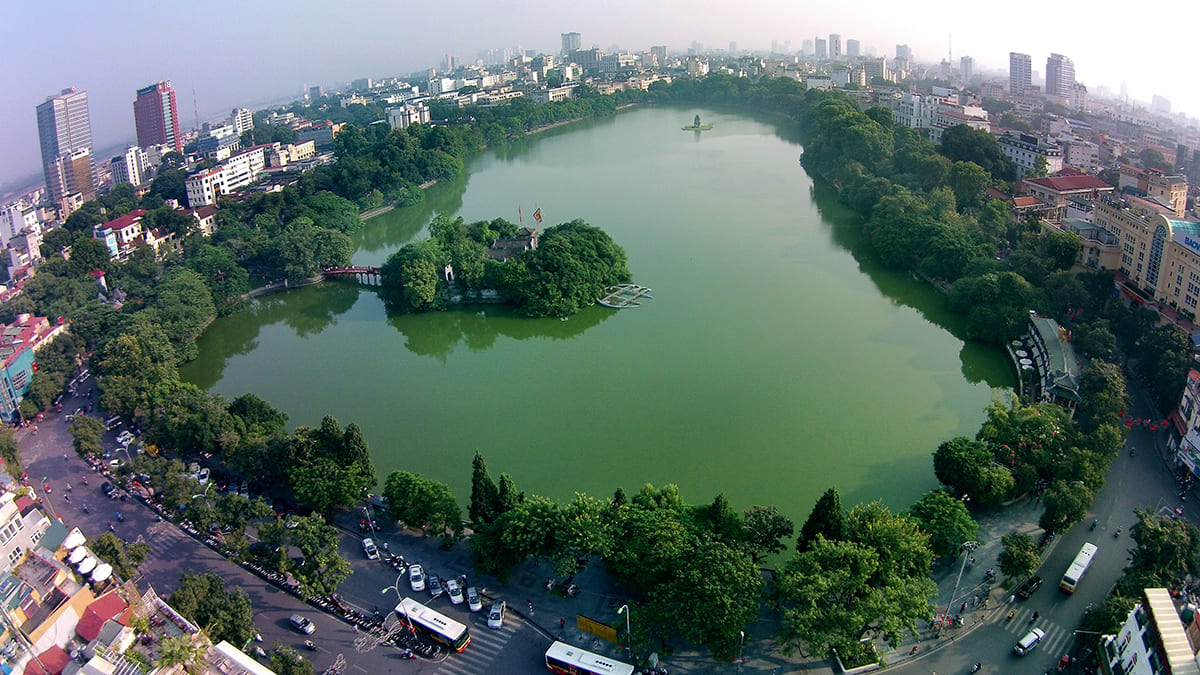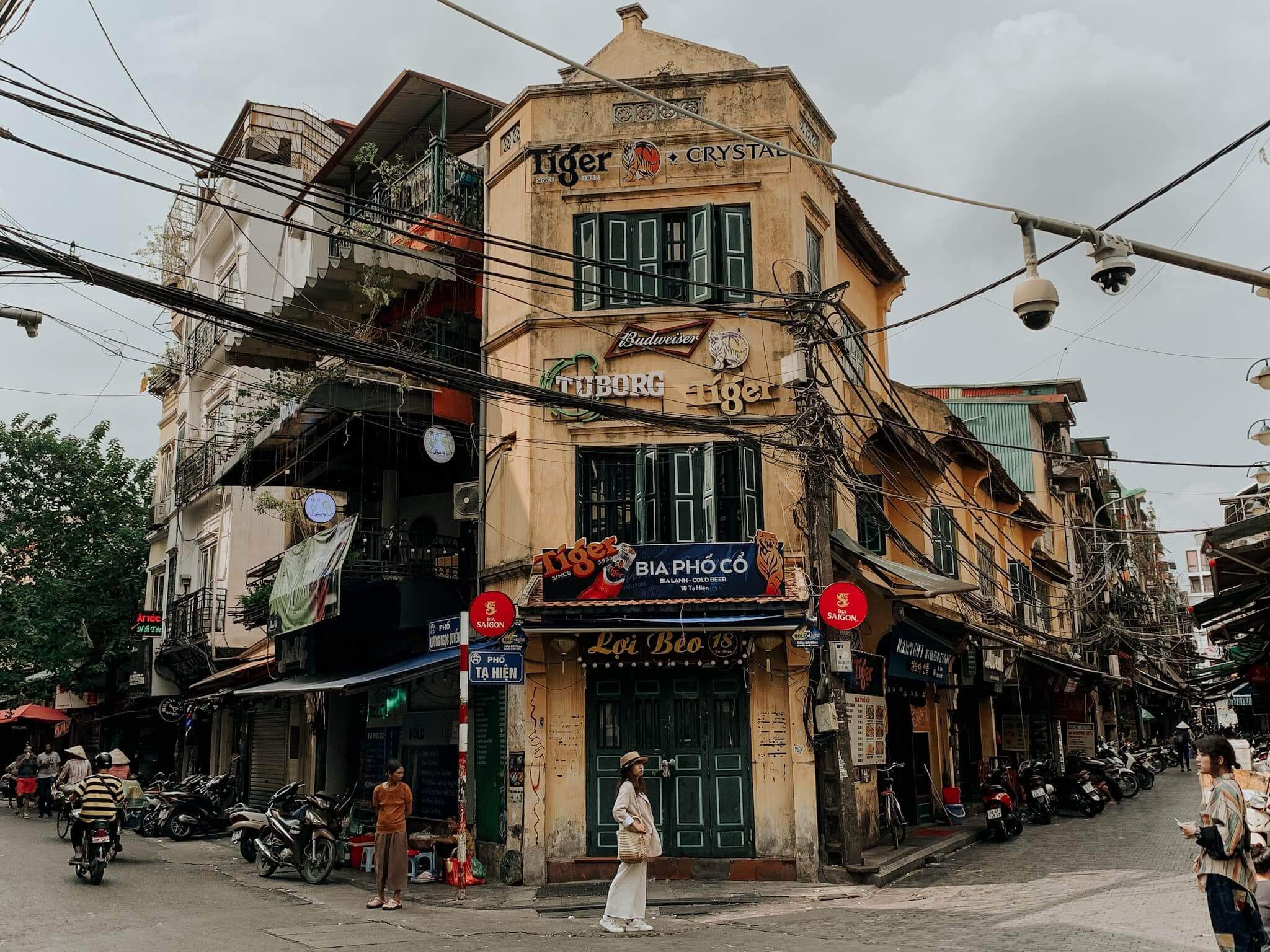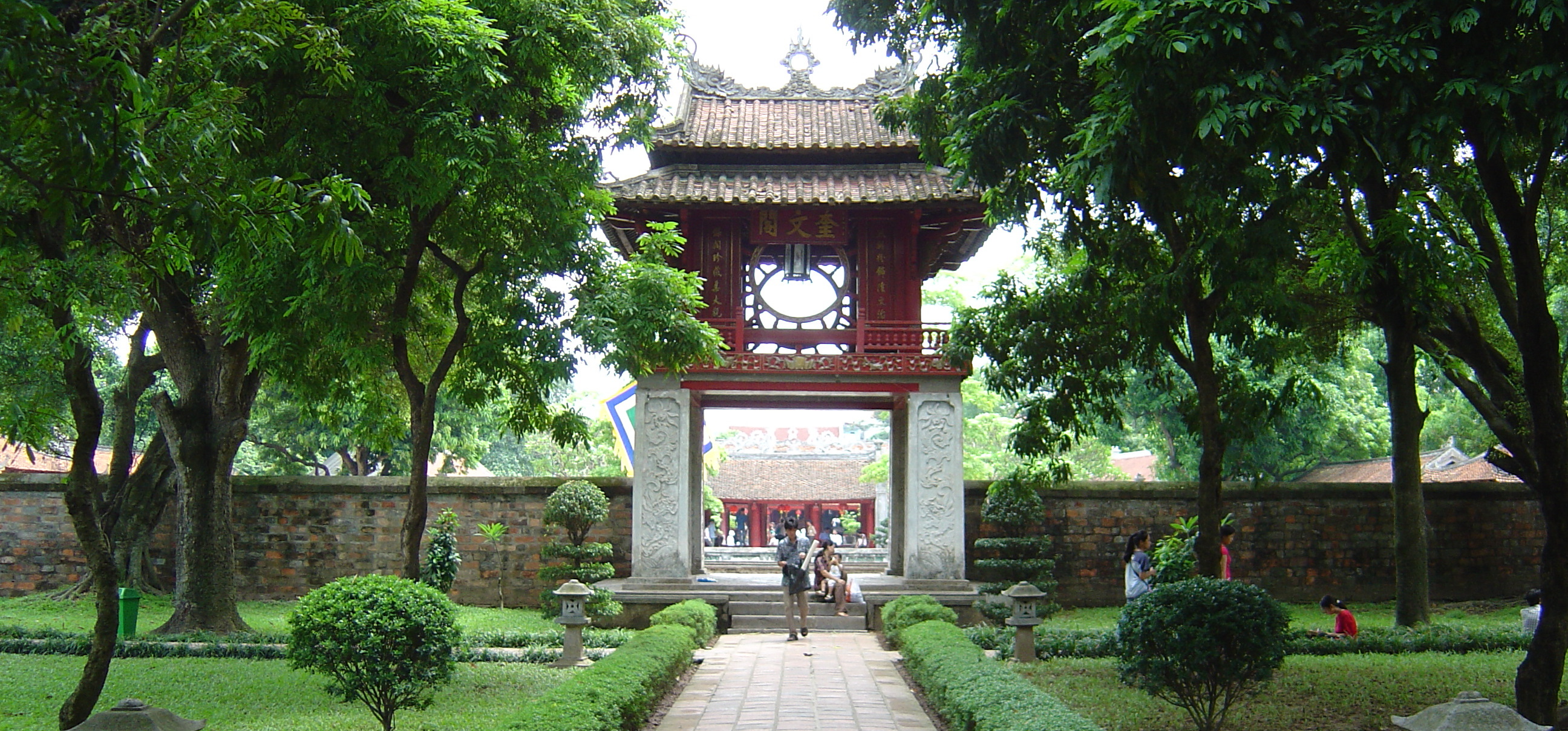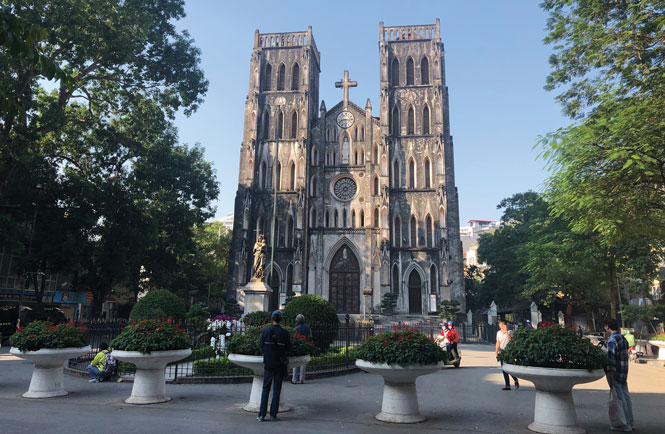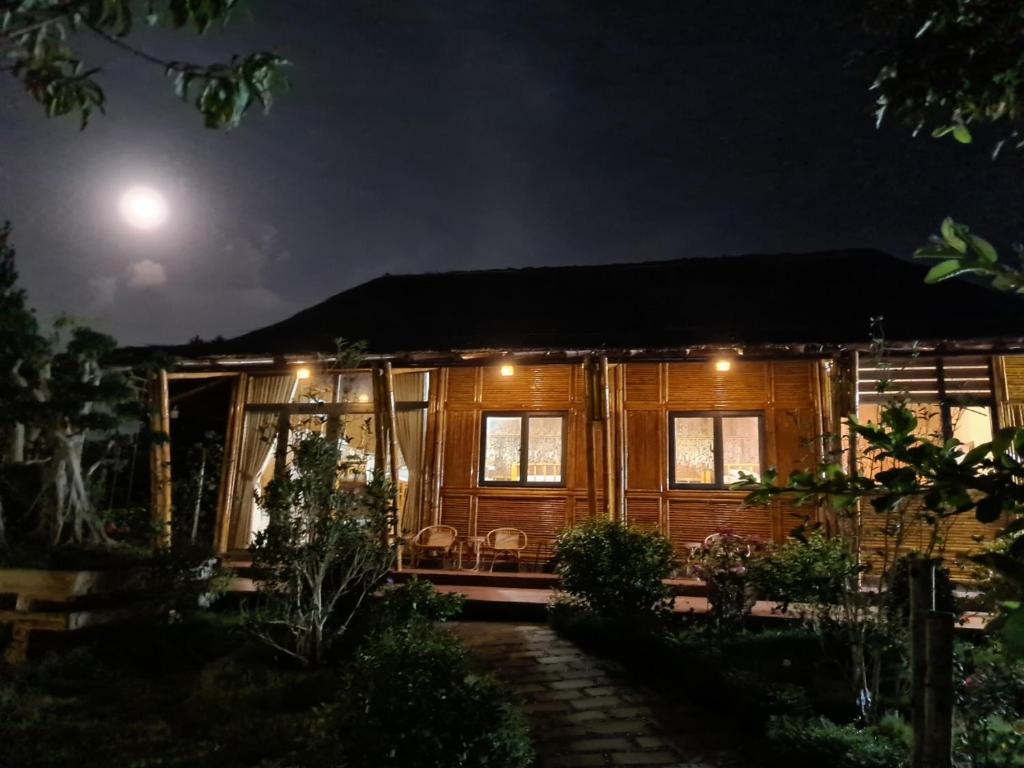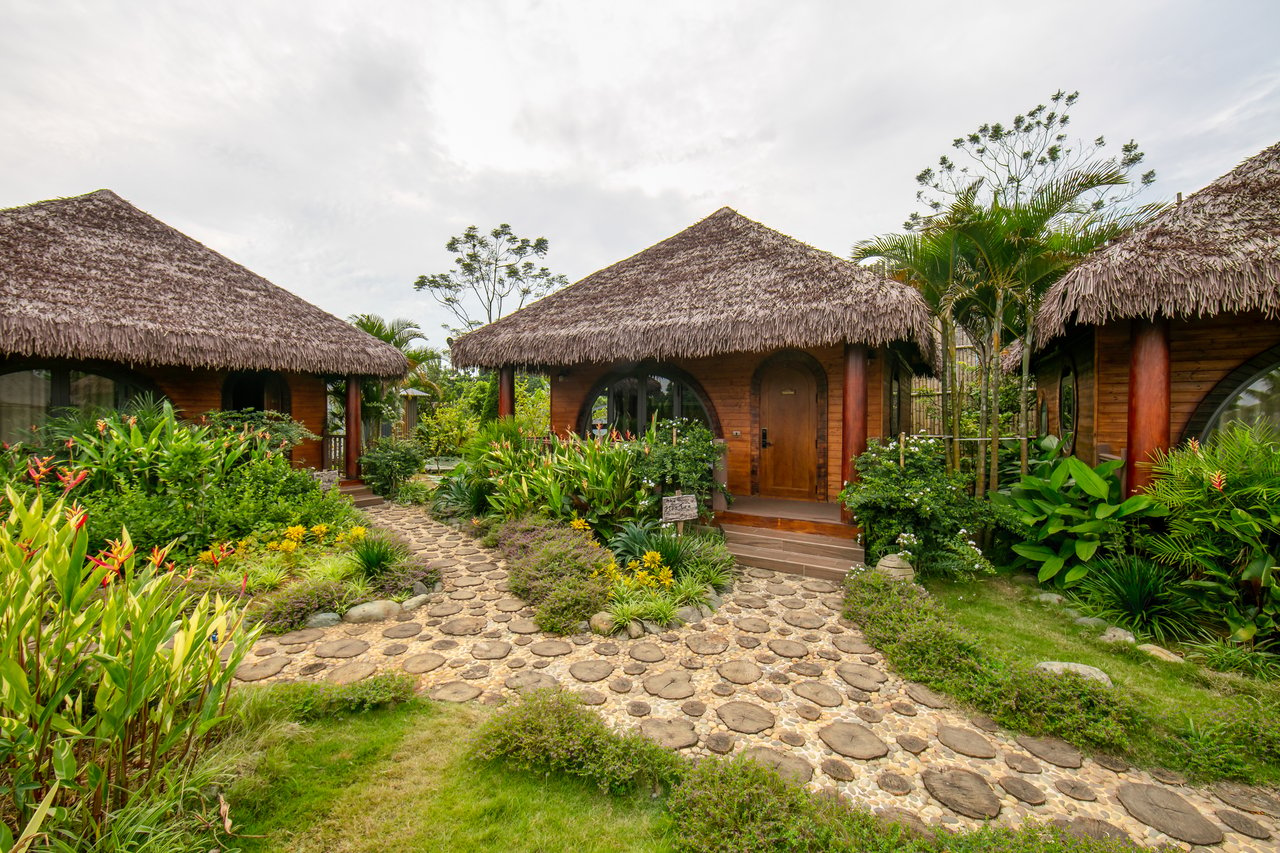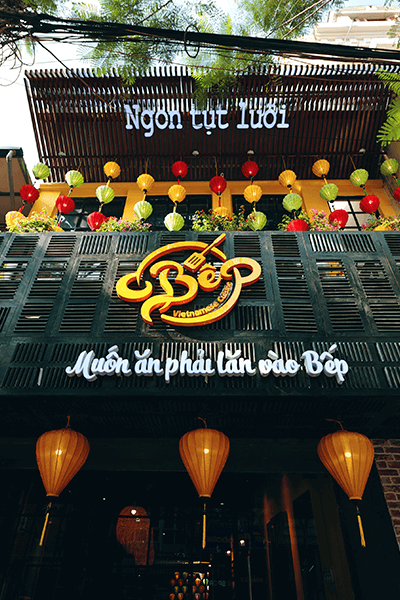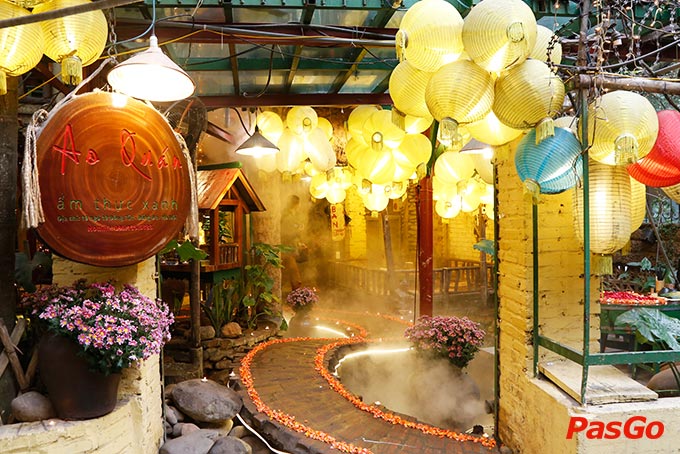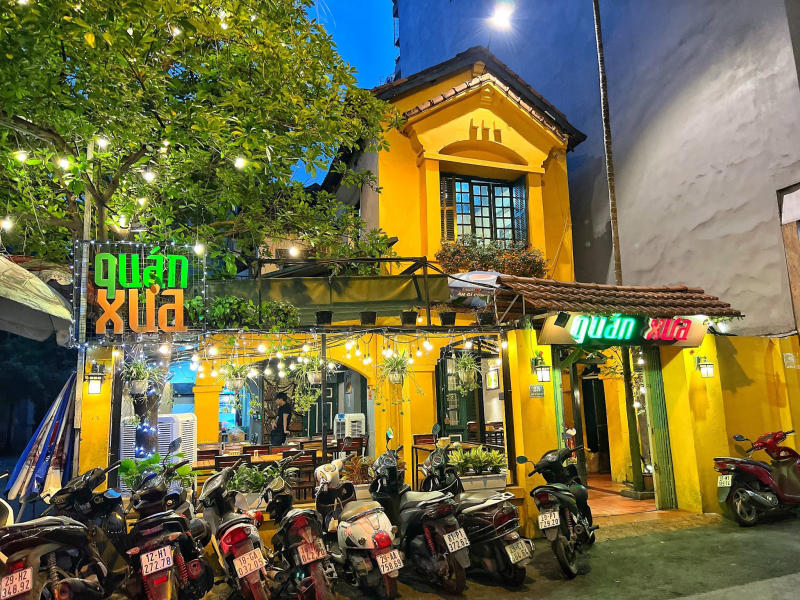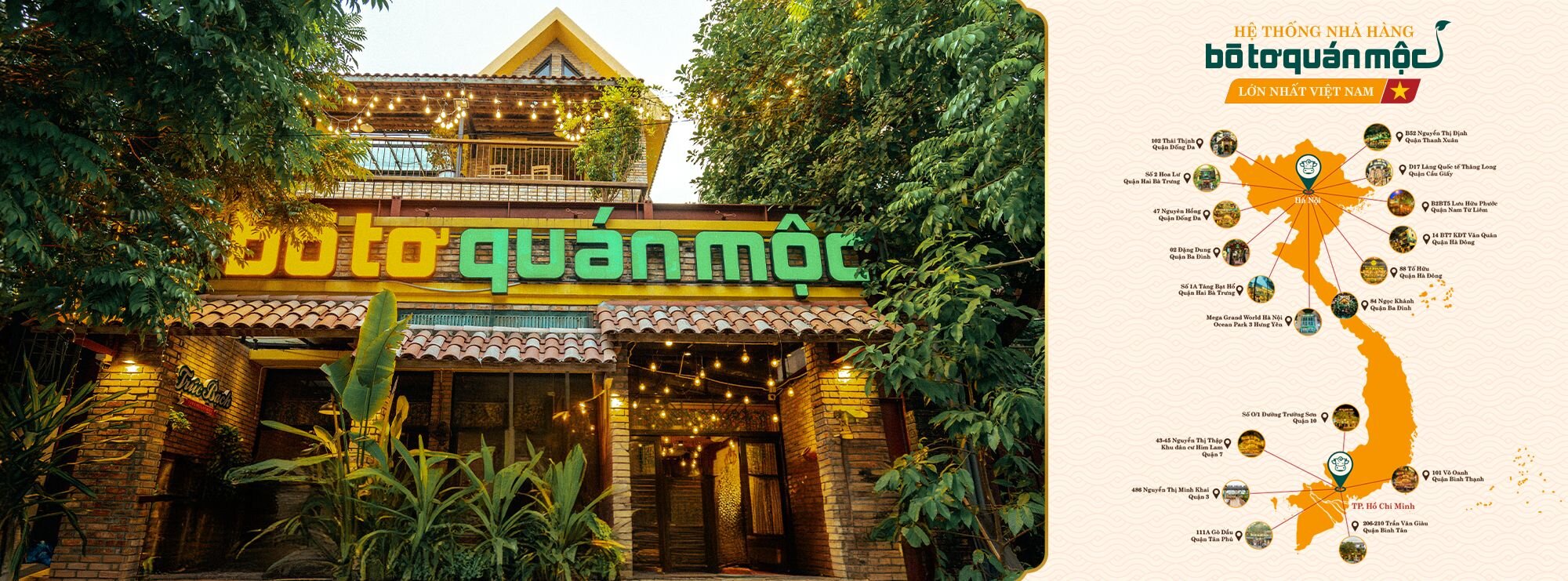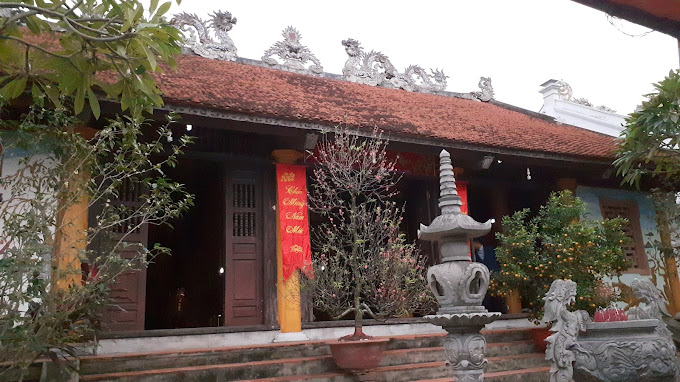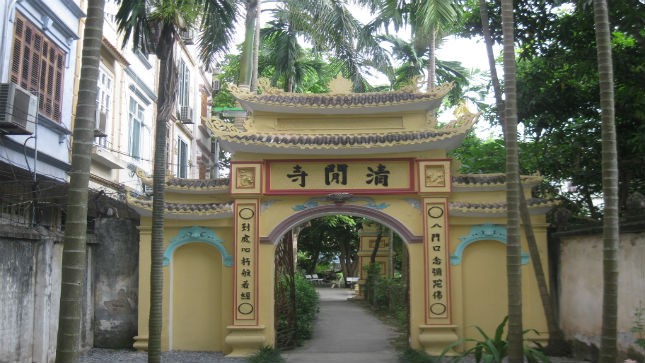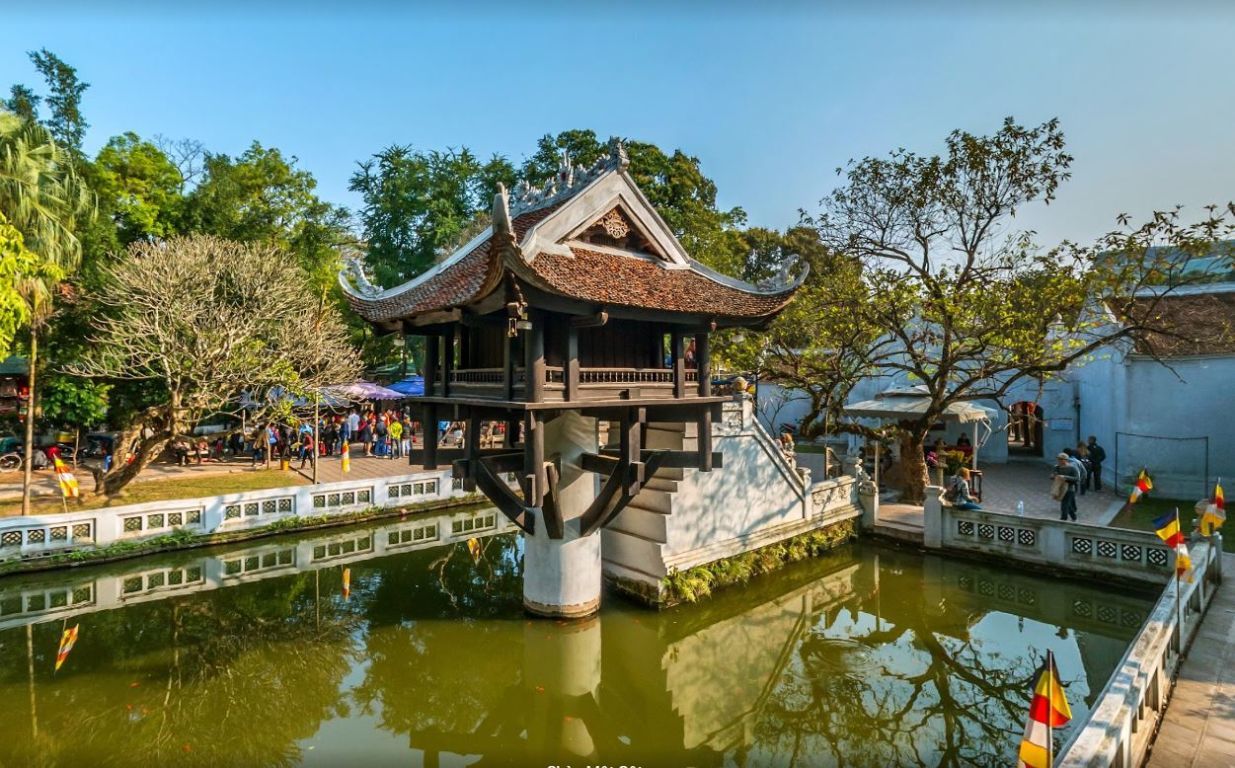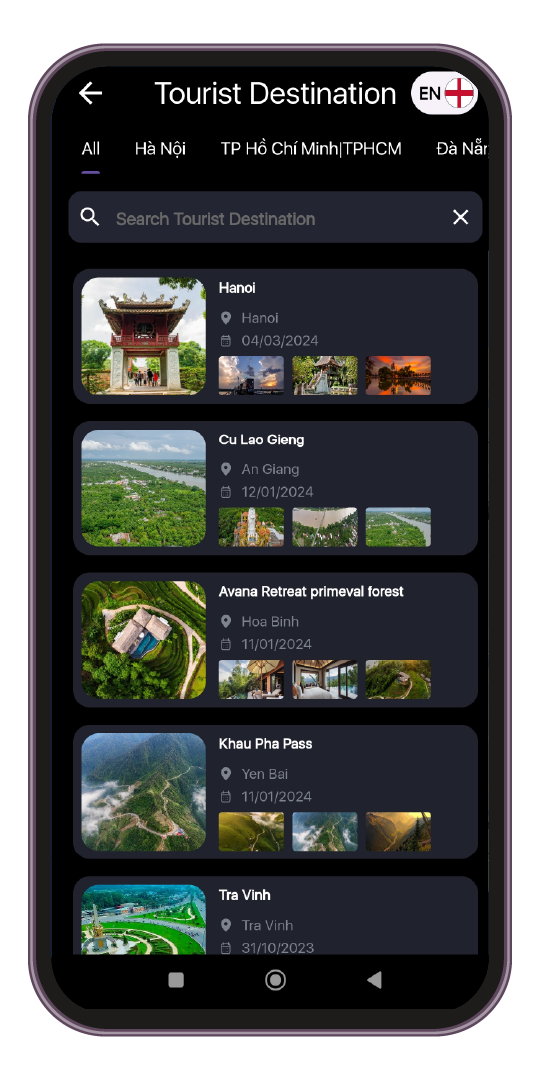One Pillar Pagoda was started construction in the year Ky Suu 1049, under the reign of King Ly Thai Tong. According to folk legend, in a dream, King Ly Thai Tong dreamed of Guan Yin Buddha sitting on a lotus, radiating light and inviting the king to come with him. When the king woke up from his dream, he immediately told his servant. Monk Thien Tue advised the king to build a pagoda on a stone pillar just like in his dream, making a lotus throne for the Buddha to sit on. In history books, it is recorded that at the current location of the One Pillar Pagoda, there is a stone pillar above which there is a jade pagoda. In the jade pavilion, there is a statue of Guan Yin Buddha that was built in a square lake. The king often came here to chant Buddhist scriptures and pray. Later, the next prince repaired the pagoda and built a pagoda next to it 10 meters to the southwest. This cluster of relics was named Dien Huu Tu with the hope of "long-lasting blessings". In 1105, King Ly Nhan Tong repaired the pagoda and built two white porcelain-roofed towers in front of the yard. In 1108, Nguyen Phi Y Lan ordered someone to cast a large bell and named it "General Enlightenment" with the meaning of awakening the hearts of the world. During the war against the French, the One Pillar Pagoda was mined and destroyed by the French expeditionary force. After taking over the capital, the Ministry of Culture of the Democratic Republic of Vietnam researched and established a major restoration project to rebuild the One Pillar Pagoda exactly like the original architecture. In 1955, Hanoi's One Pillar Pagoda was restored and preserved until now. Next to it, there is still a pagoda with a three-entrance gate with a horizontal panel inscribed with the three words "Dien Huu Tu". In 1962, the One Pillar Pagoda complex in Hanoi was recognized as a National Historical Architectural and Artistic Monument. By 2012, the One Pillar Pagoda was honored by the Asian Records Organization to set the record for "The temple with the most unique architecture in Asia". The original structure of the One Pillar Pagoda is supported by wooden beams holding firmly to the stone pillars. The structure of the One Pillar Pagoda currently includes: Pillars, Lotus pedestal, and pagoda roof. The pillars of the one-pillar pagoda are built with two stone pillars overlapping each other, forming a vertical pillar with a height of 4 m, not including the sunken part below the base. The diameter of the stone column is 1.2 m wide, making the viewer feel "as solid as stone". The Lotus Palace has a square shape of 3 m on each side, blocking the surrounding balcony, supported by a system of solid military columns, underneath are large wooden beams securely attached directly to the stone pillars. The tenon joints are precisely chiseled to each inch and the joints fit tightly together, creating an extremely sturdy structure. Inside the Lien Hoa station is luxuriously decorated, with an altar above which is placed a gilded statue of Guan Yin Buddha with a thousand eyes and a thousand hands. Surrounded by many worship objects: a pair of ceramic water vases, a lotus flower vase, a set of altar tea and bowls, and a bronze incense burner. The altar is painted with gilded vermilion and decorated with many yellow cloud motifs. On the innermost ceiling, there is a small horizontal panel with three golden words "Lien Hoa Dai" written on it, painted red. The pagoda's roof is covered with traditional brick-red scale tiles covered with moss over time. Each tile is a manifestation of the skill and meticulousness of the craftsman. When roofing tiles, the most difficult step is to match the tiles at the corner of the gutter so that there are no gaps, because this is the junction between the four edges of the pagoda roof, which often have gaps. If you want to roof tiles in this location conveniently, right from the stage of making and joining the joints, the joints must be really tight and match each other. One Pillar Pagoda has four curved roofs with knife heads soaring into the sky, also known as "blade ships". The pagoda's roof is supported by a system of levers extending close to the bottom. On the top of the pagoda's roof is the image of "two dragons flanking the moon", this is a typical architectural feature in pagodas, temples, communal houses and shrines. The two dragons bend their bodies and turn their tails toward each other, but their heads are facing the moon. This architectural feature symbolizes fertility and harmony of yin and yang. The pair of dragons symbolizes positive energy, and the moon shape represents negative energy. The sum total is the number three of fertility, that's why when people go to temples, they often light 3 incense sticks to symbolize the 3 objects in "two dragons flanking the moon". This is an image imbued with humanity in the nation's spiritual artistic architecture. The lotus flower is considered a symbol in Buddhist culture, reminding people of the virtues of honesty, patience, innocence, direct action... Lotus Flower Dai is crafted in the image of a lotus placed on a high stone pillar. In the middle of Linh Chieu lake, it seems as if it is reaching up to escape the worldly world. An extremely elegant, pure and unique image. Linh Chieu Lake has a surrounding flower wall decorated with cubic motifs. Outside, another large lake is dug, called Bich Tri lake. Bich Tri Lake is located within the grounds of Dien Huu Pagoda, located to the right of One Pillar Pagoda. In front of the yard of Dien Huu pagoda is the Bach Tuynh stone tower. From the stone tower there is a small bridge leading to the One Pillar Pagoda. On the full moon day or the first day of every month, the administrators organize a cleaning ceremony and perform worshiping ceremonies in the temple. People also often come to visit and worship from afar. In the summer, the temple is open to welcome visitors every day of the week, in the winter it is closed every Monday and Friday of the week. There is no charge to visit the temple. Coming to One Pillar Pagoda, people often pray for perfect wisdom and full vitality. Through extremely beautiful artistic and humanistic architectural features such as the purity and serenity of lotus petals symbolizing perfect wisdom. Cylindrical pillar - positive energy located in the middle of Linh Chieu lake - negative energy combined to bring about continued longevity.
Hanoi 2647 view From January to December
Ngày cập nhật : 13/02/2023


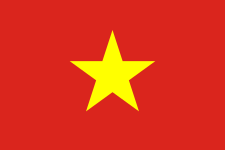 vn
vn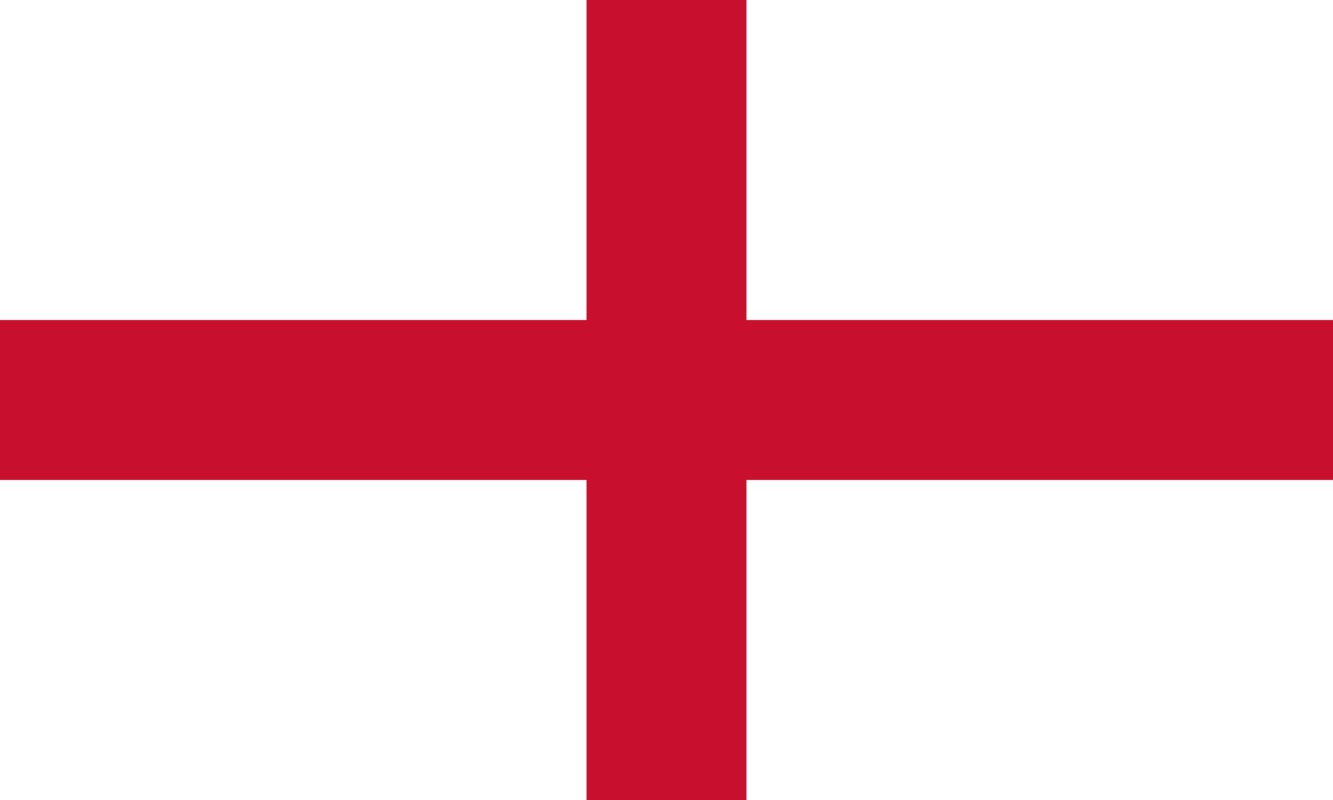 en
en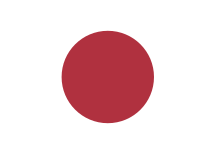 ja
ja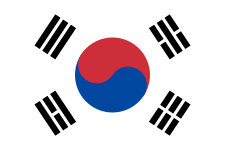 ko
ko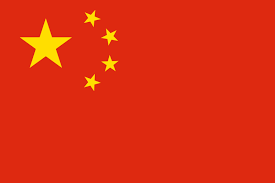 zh
zh


















